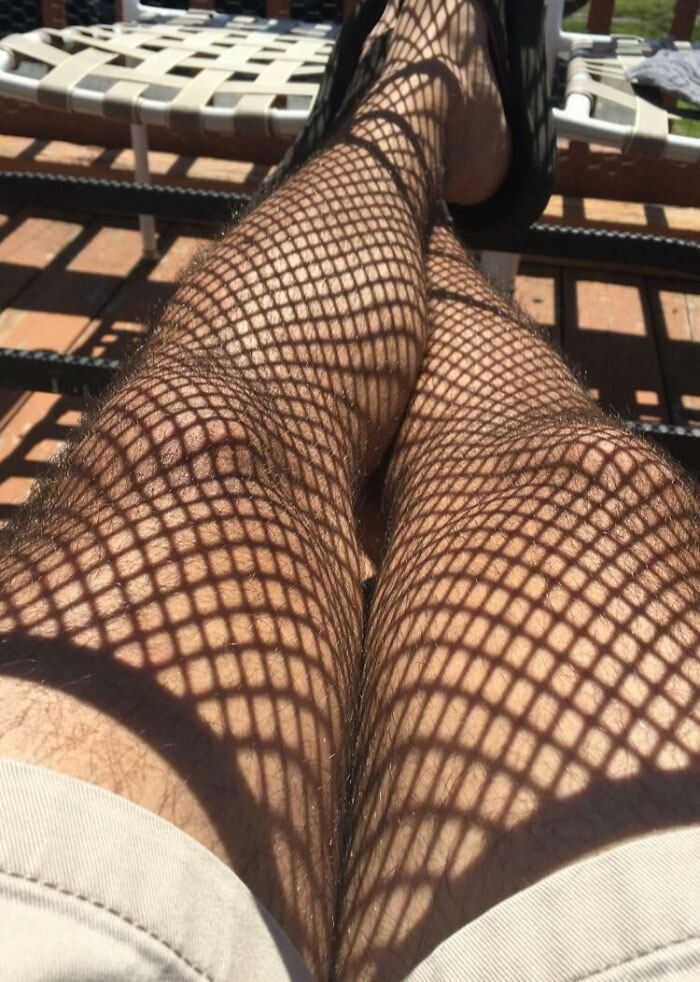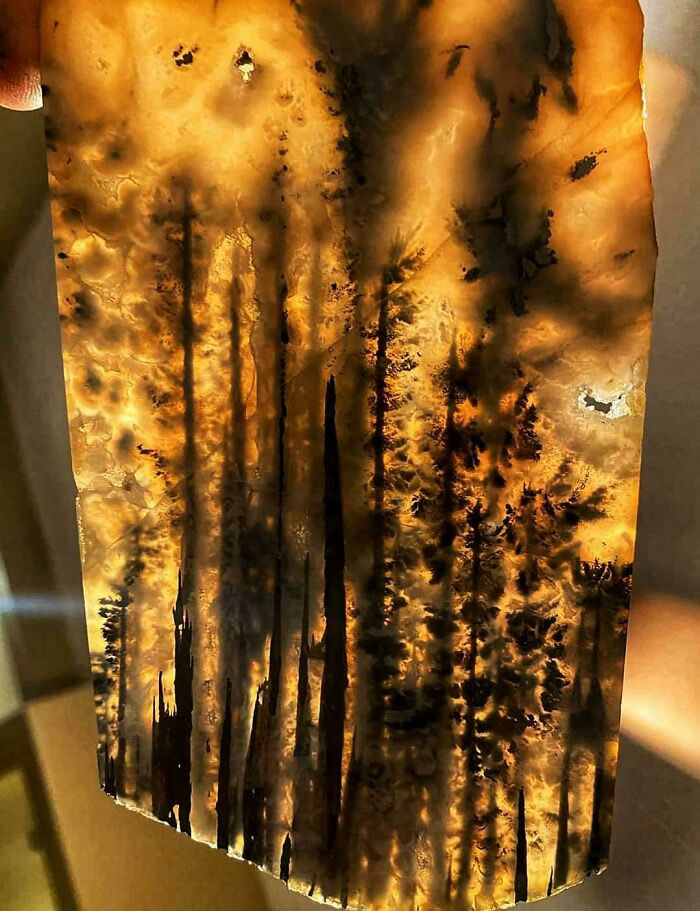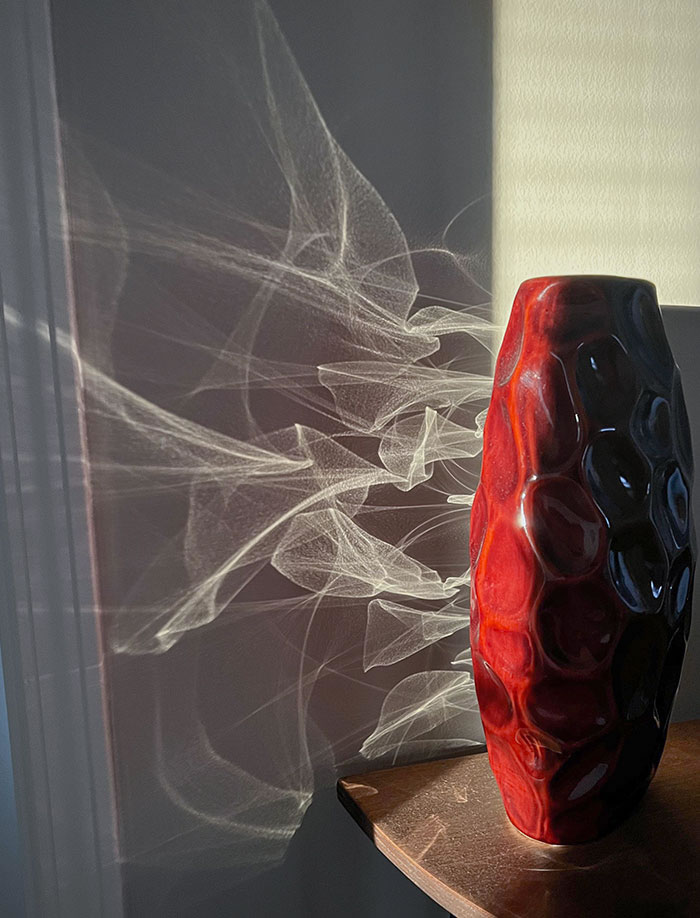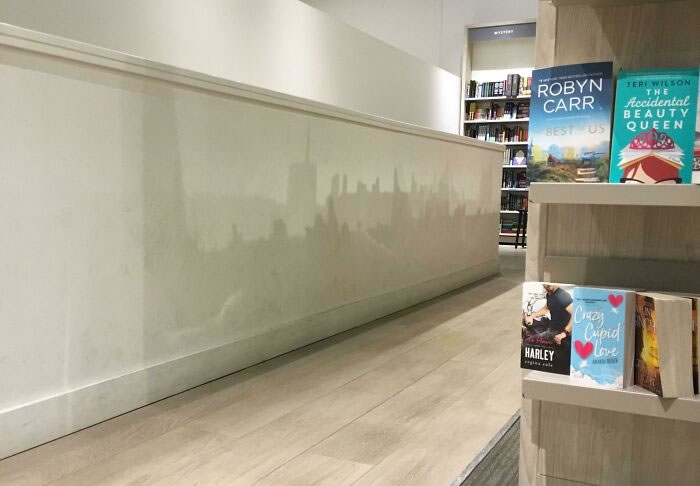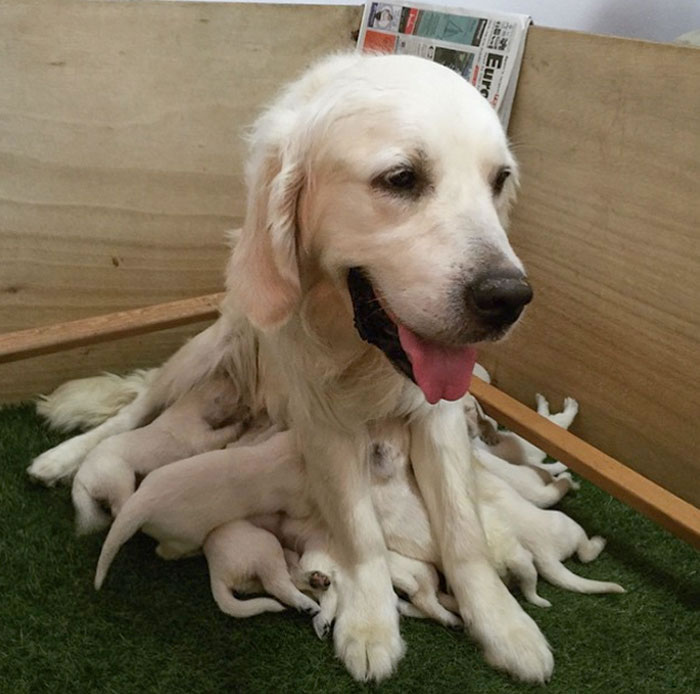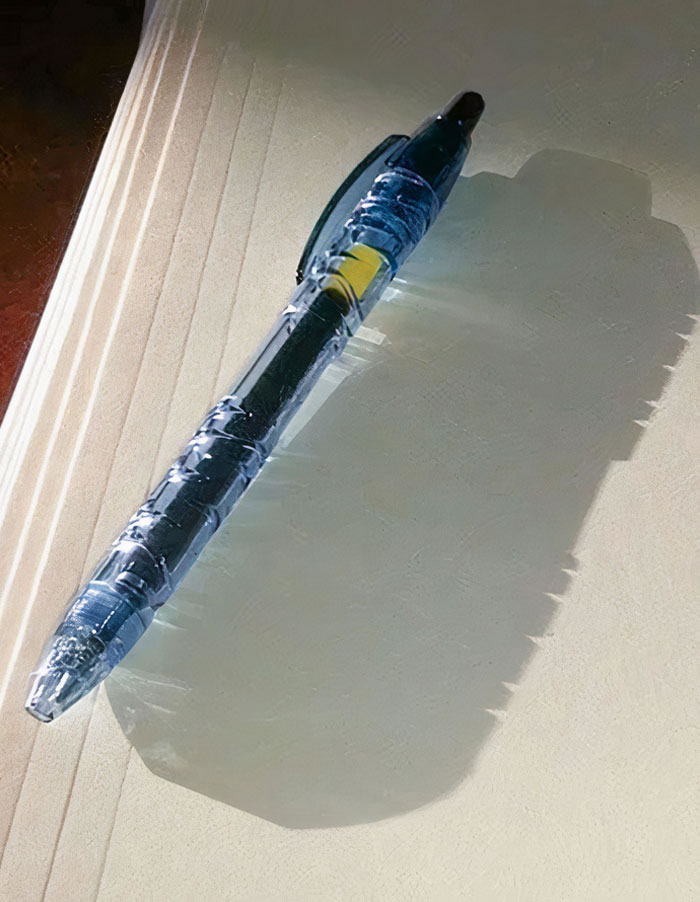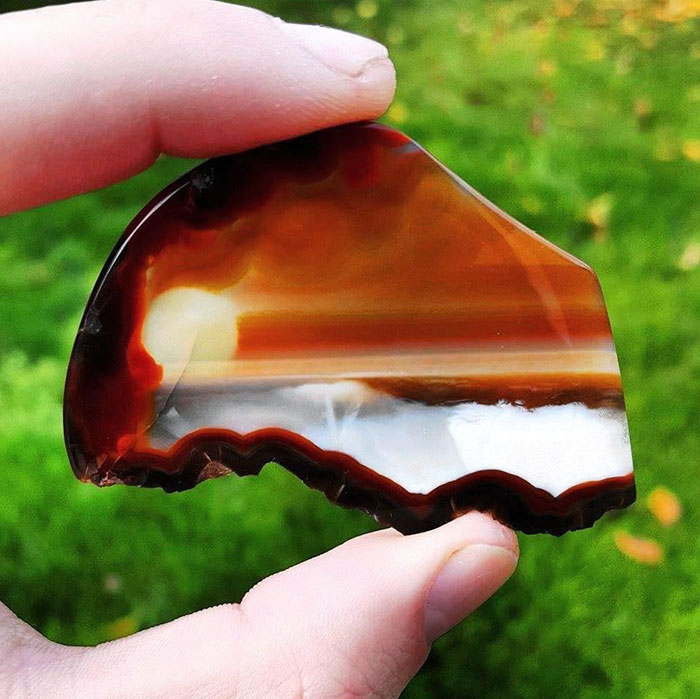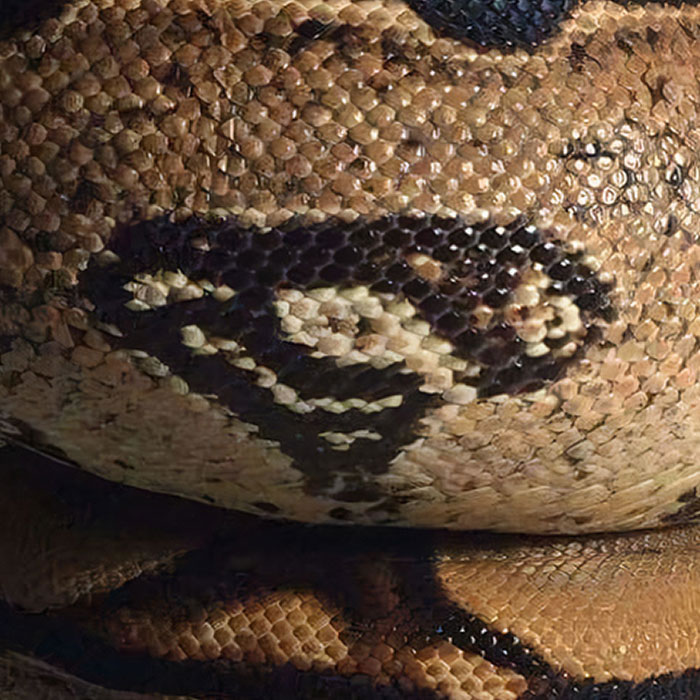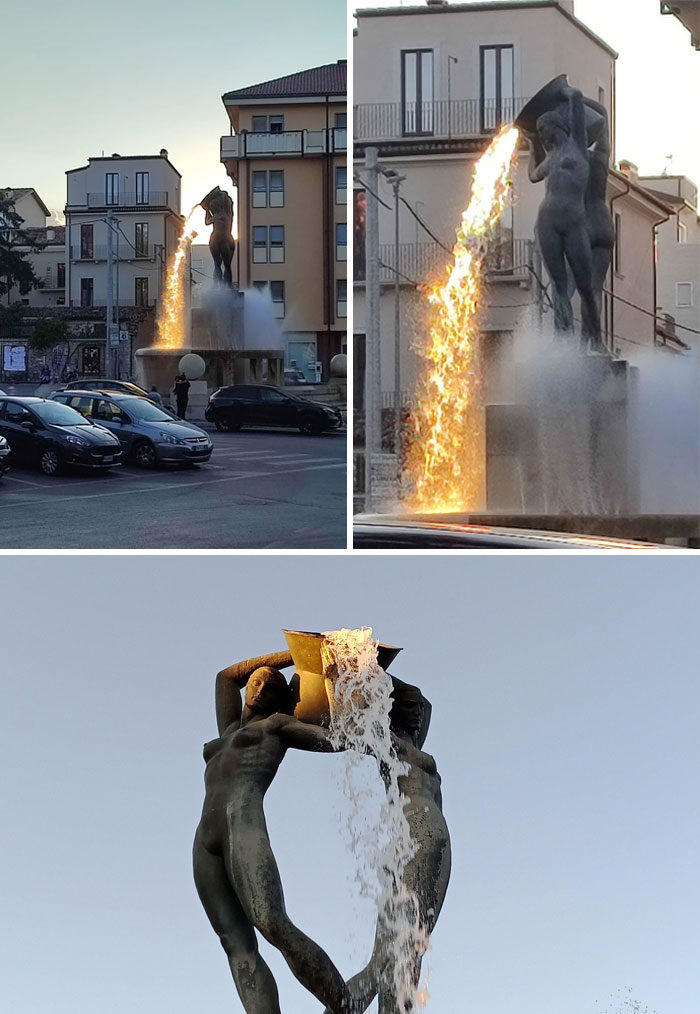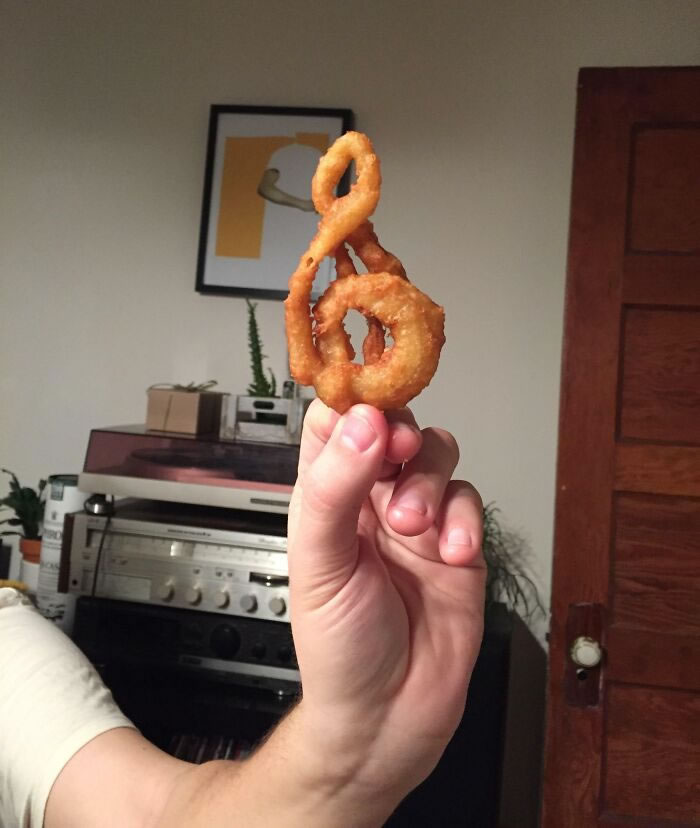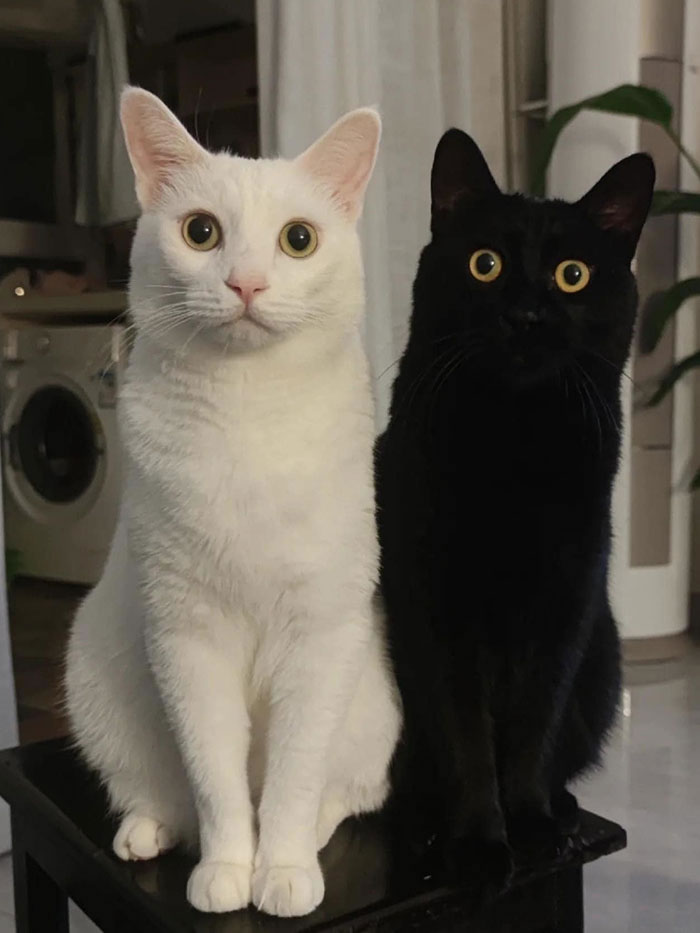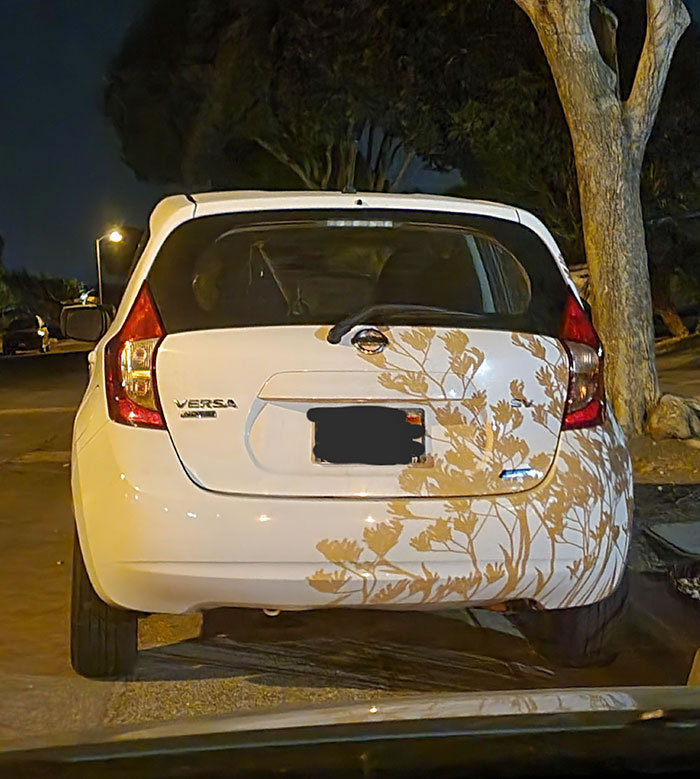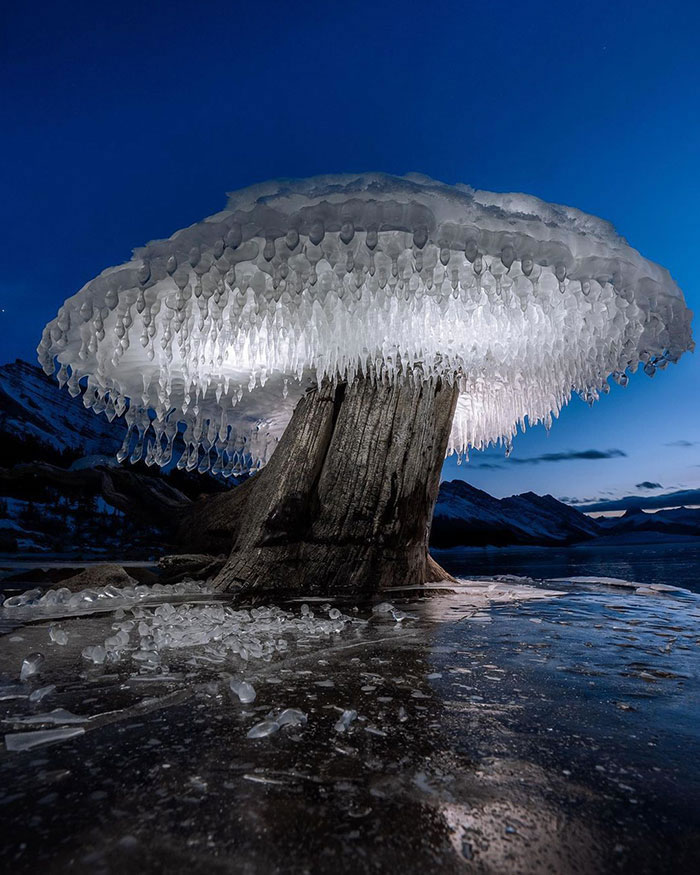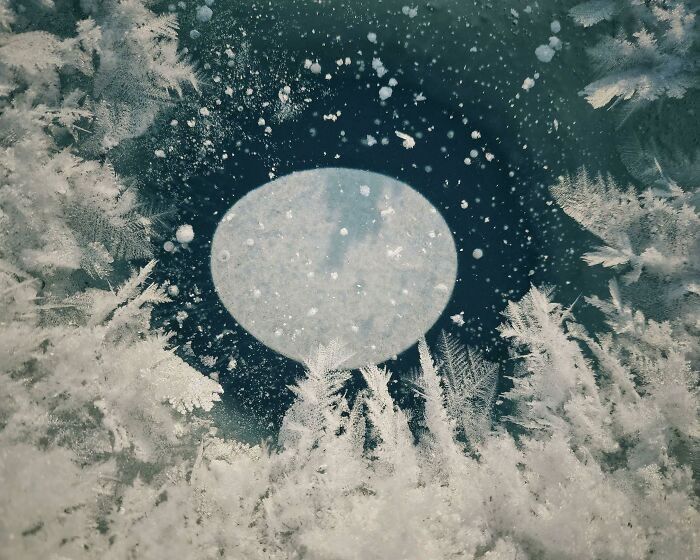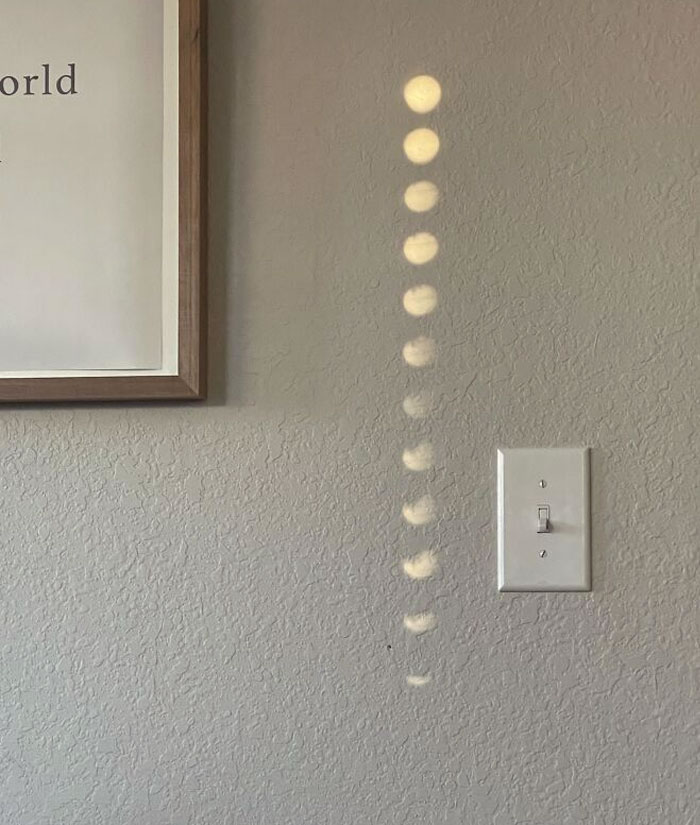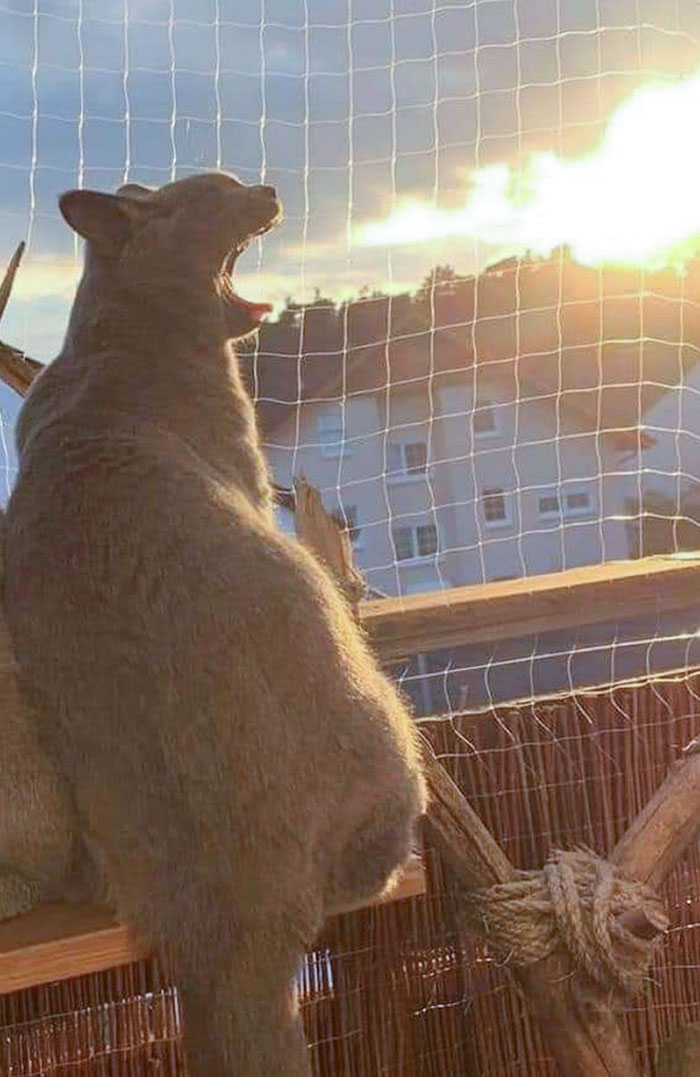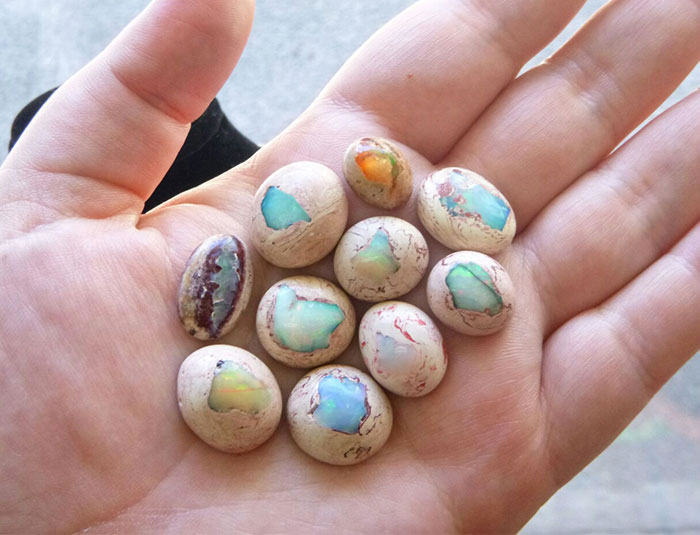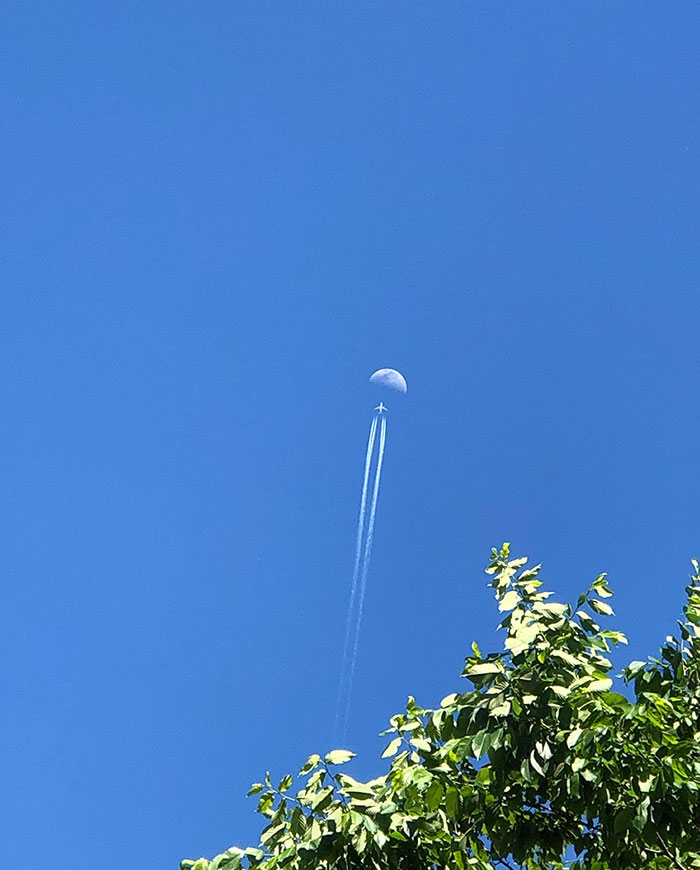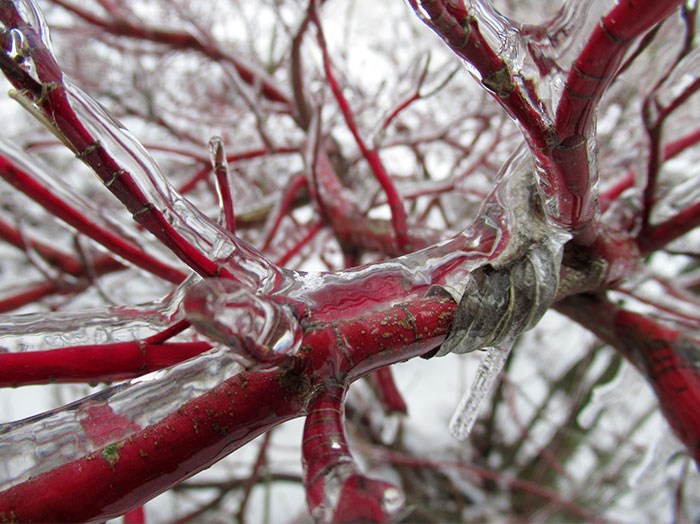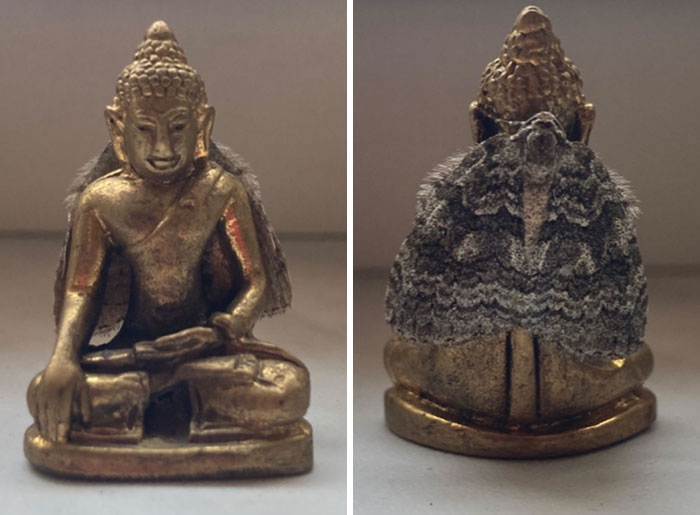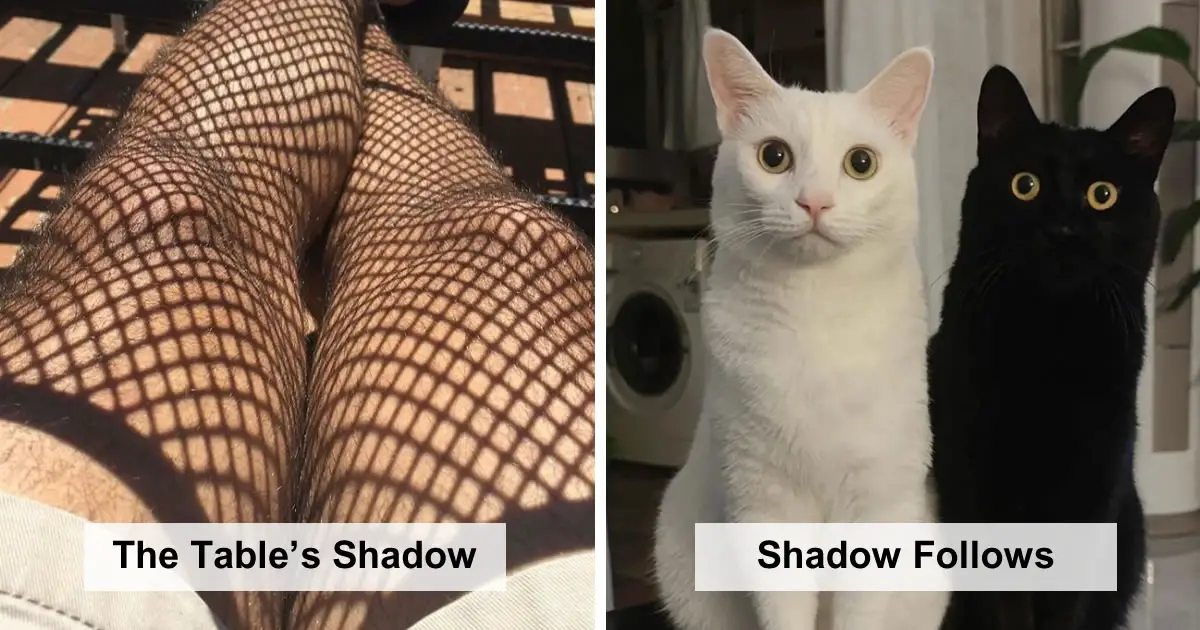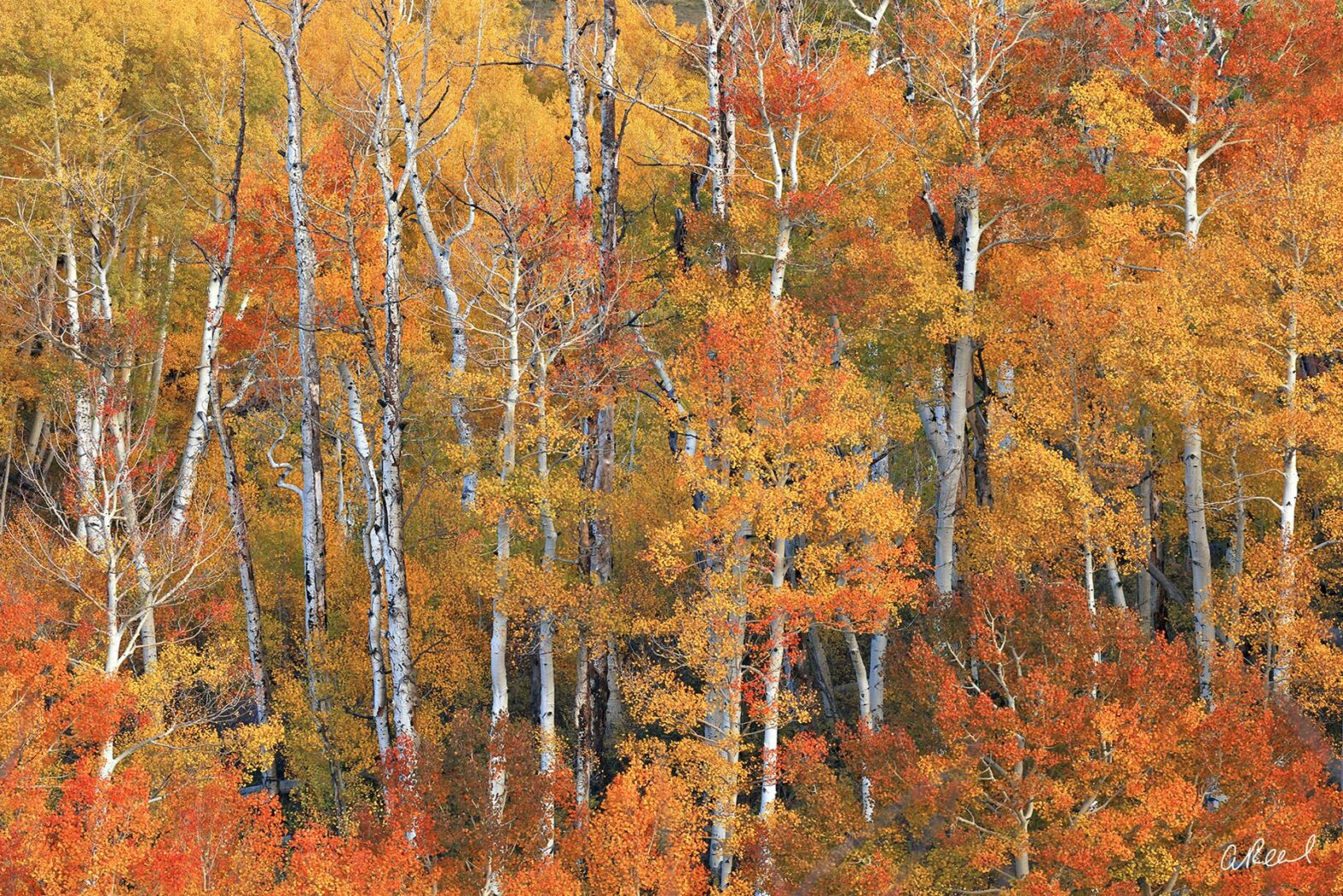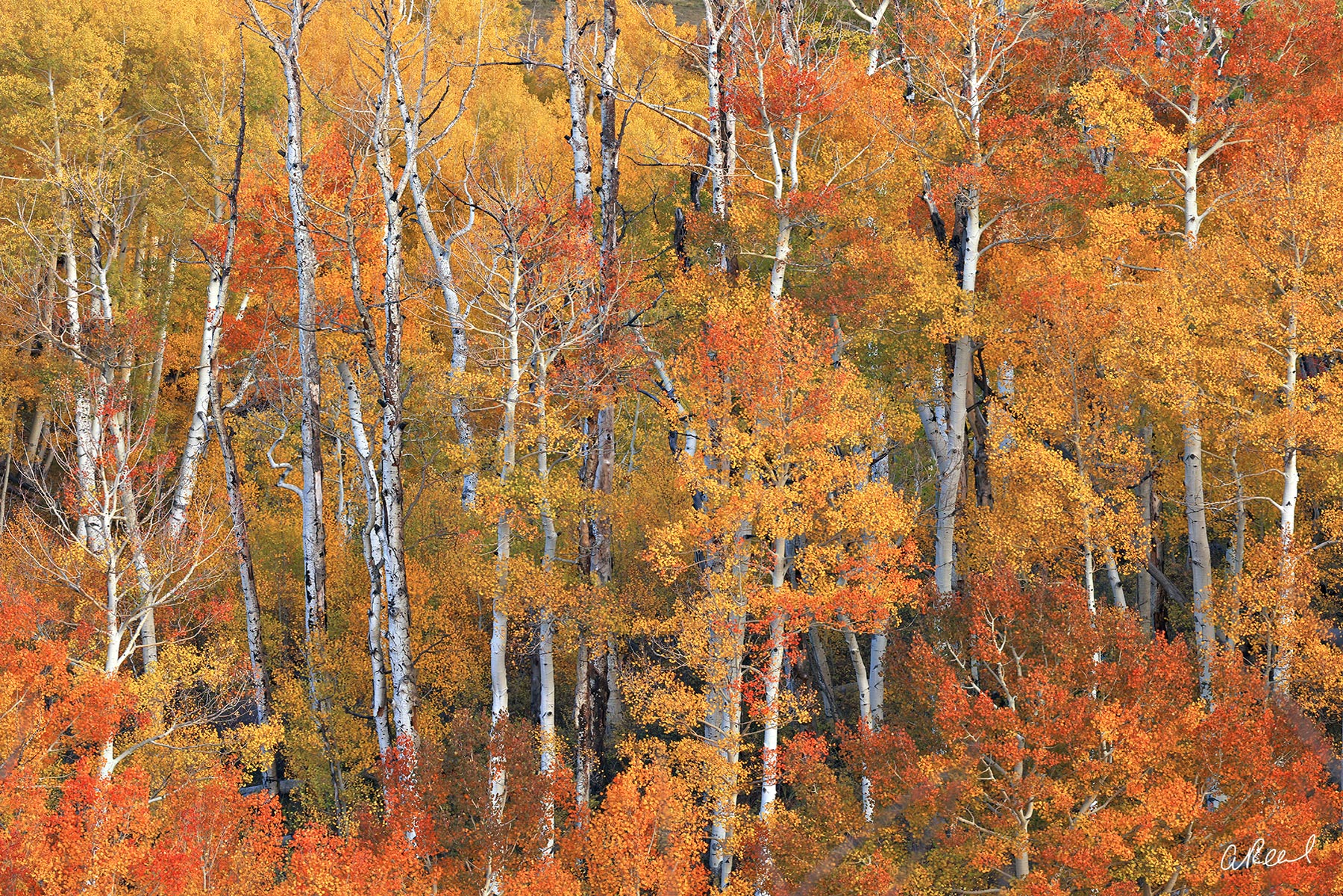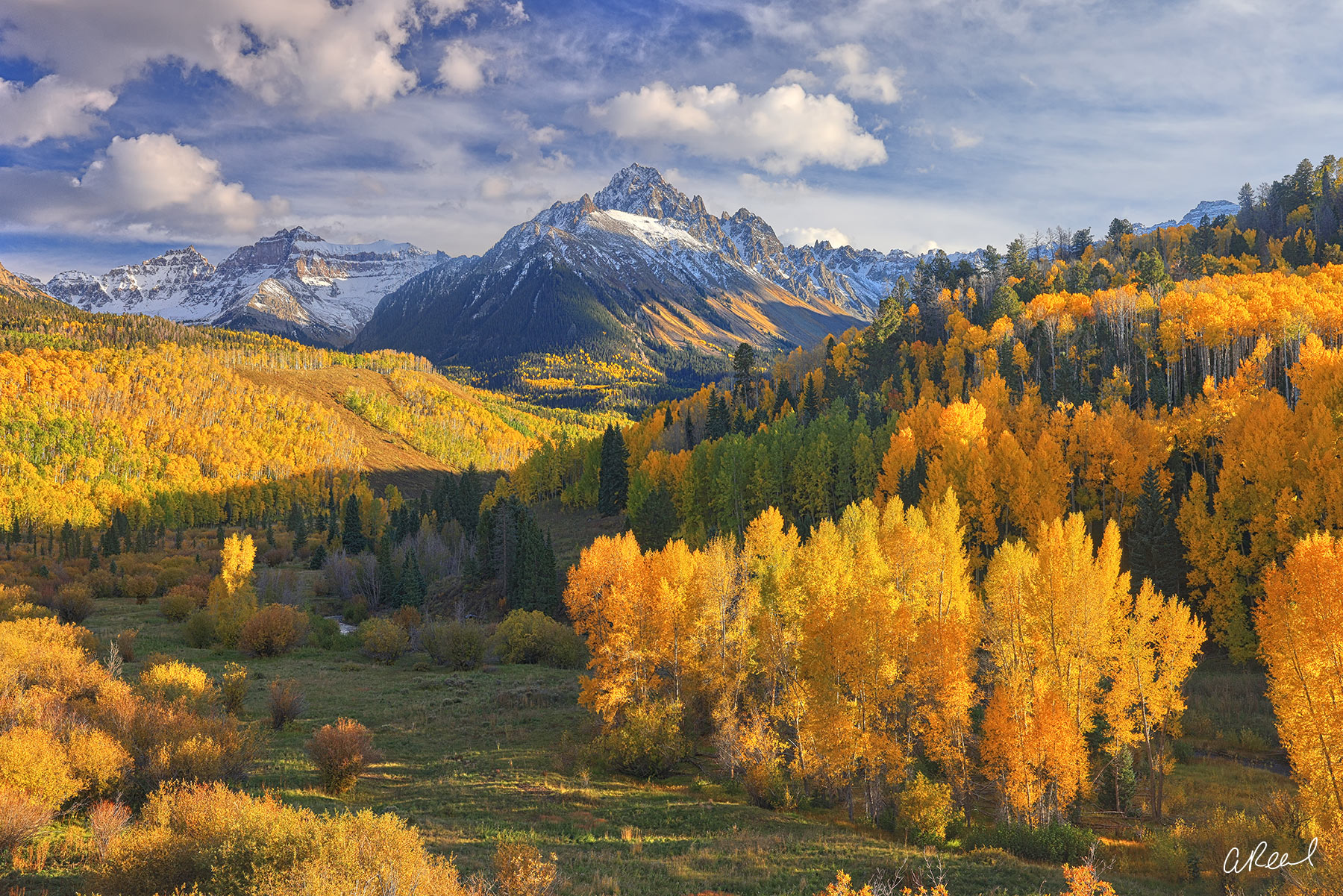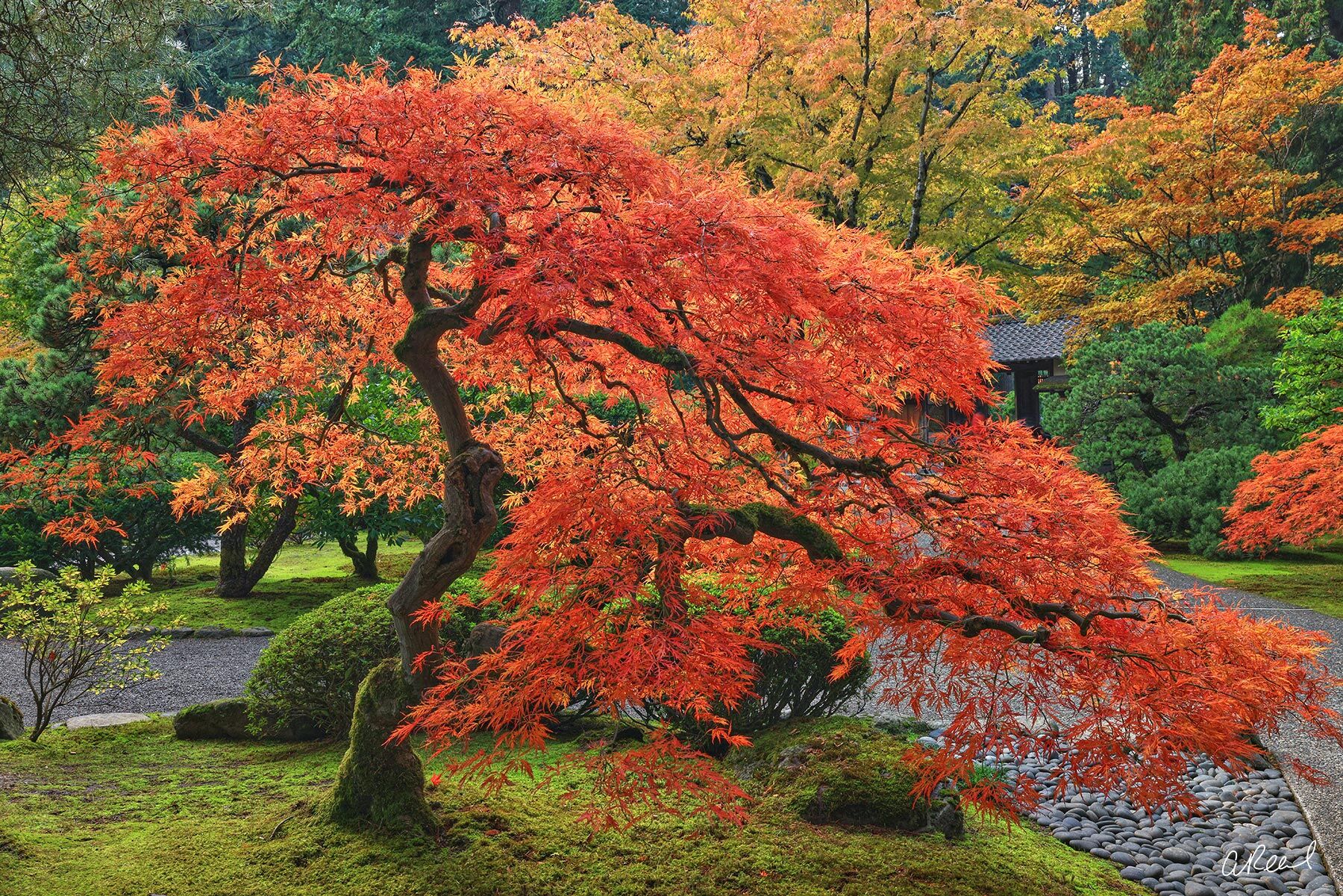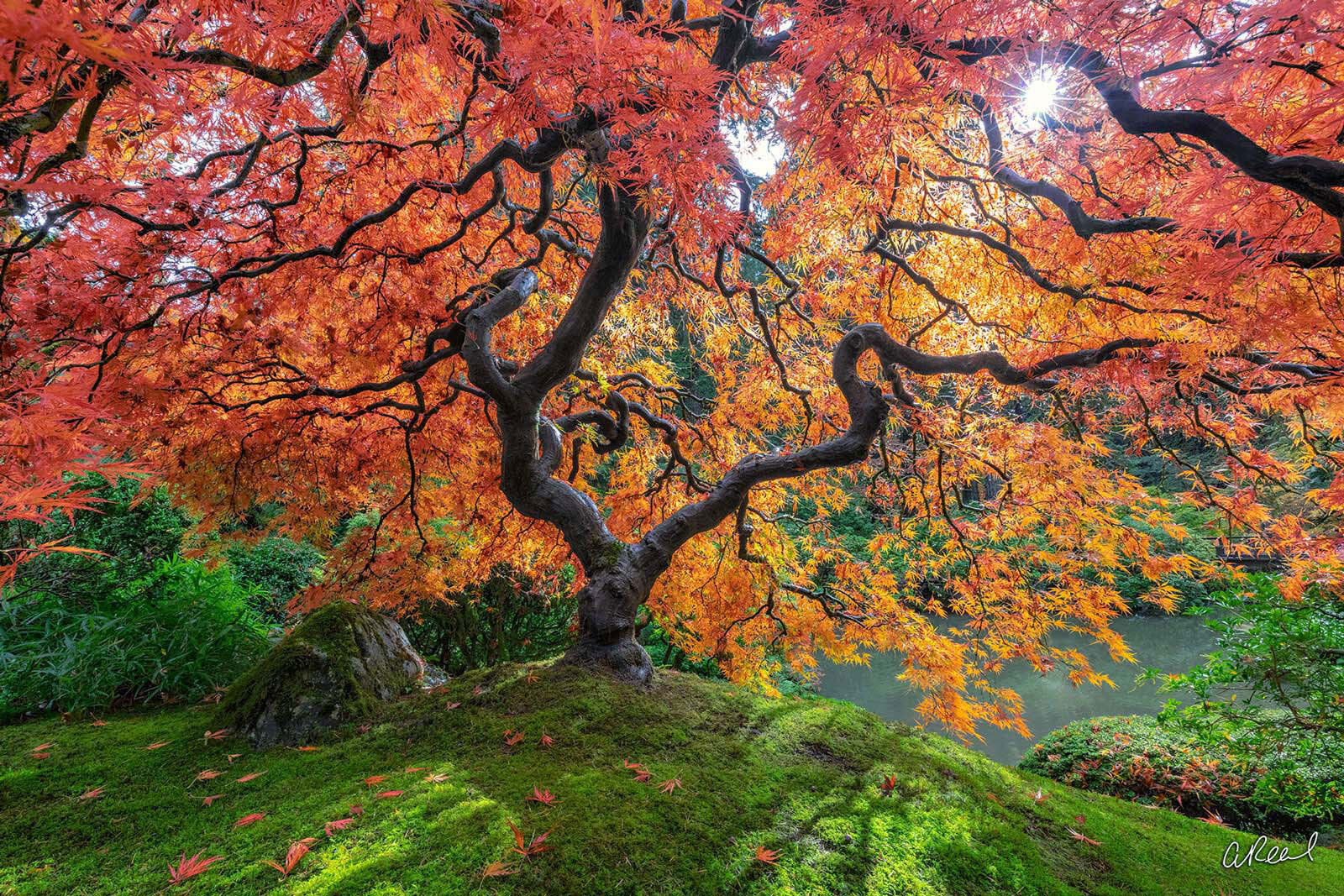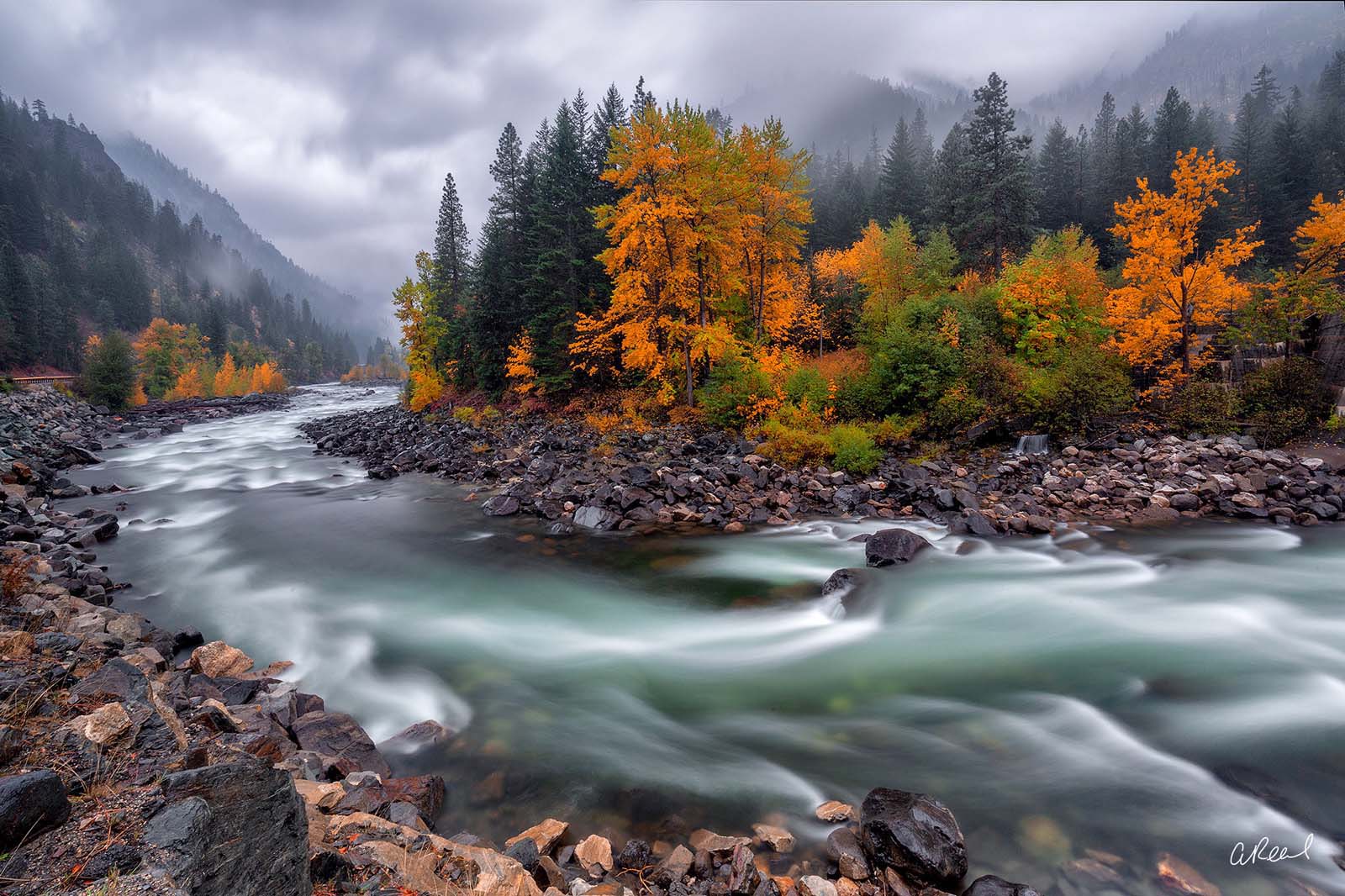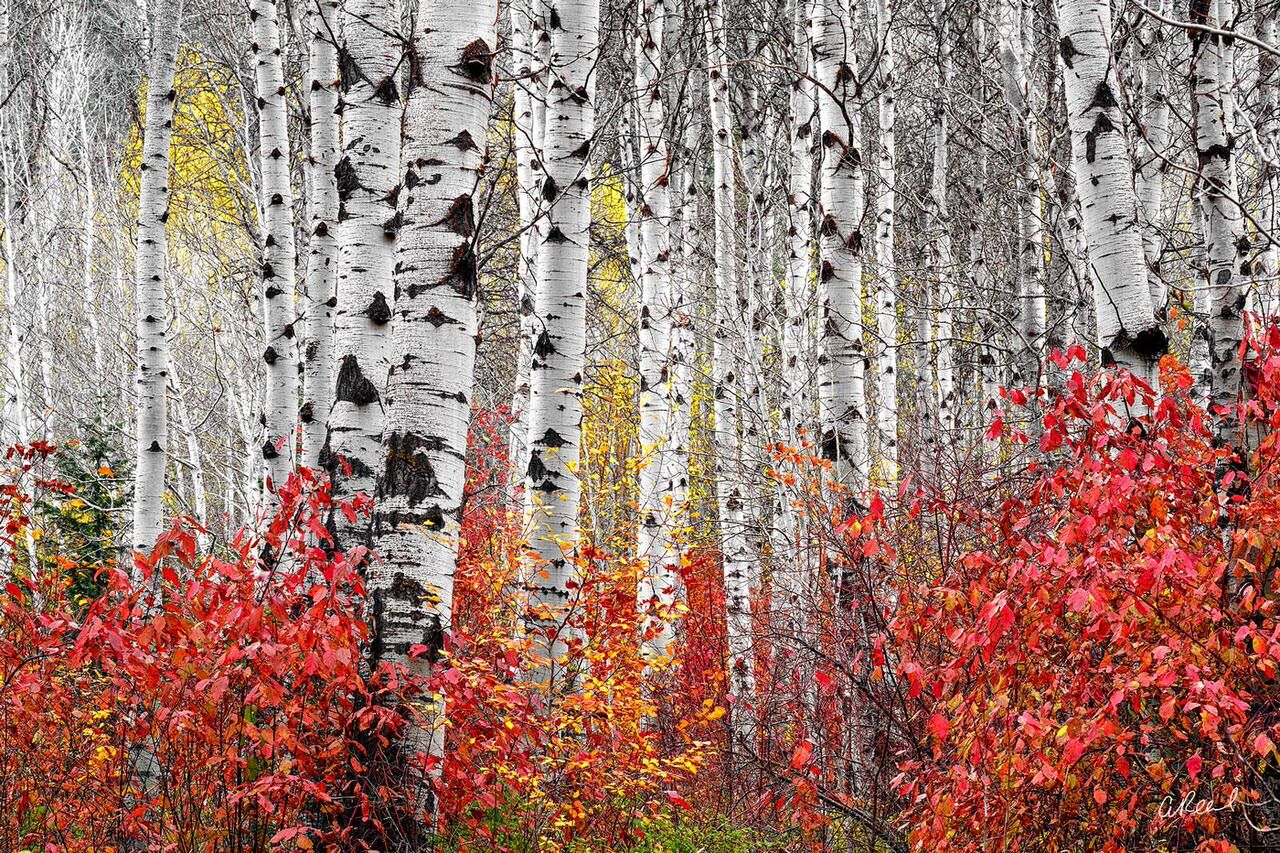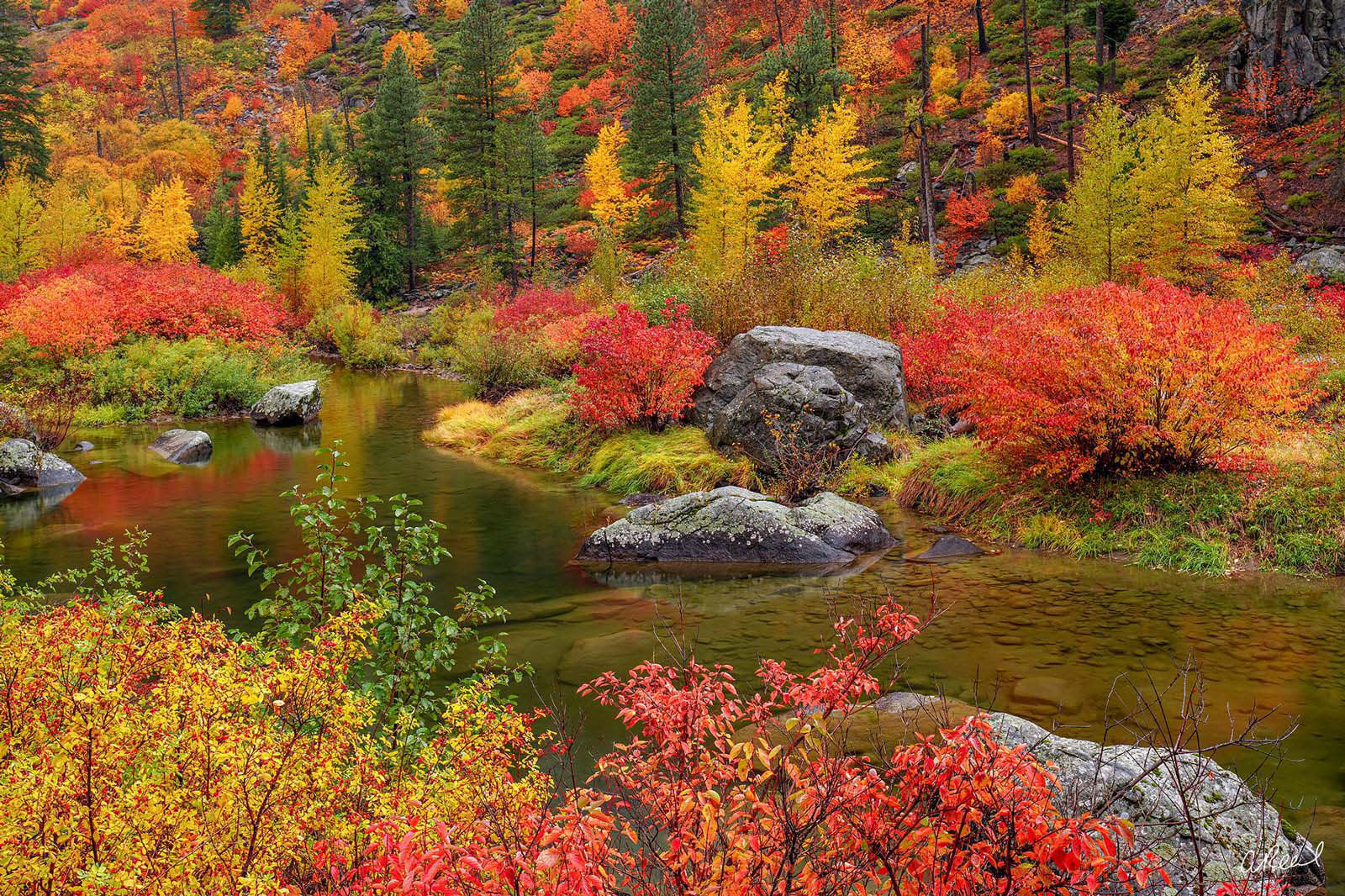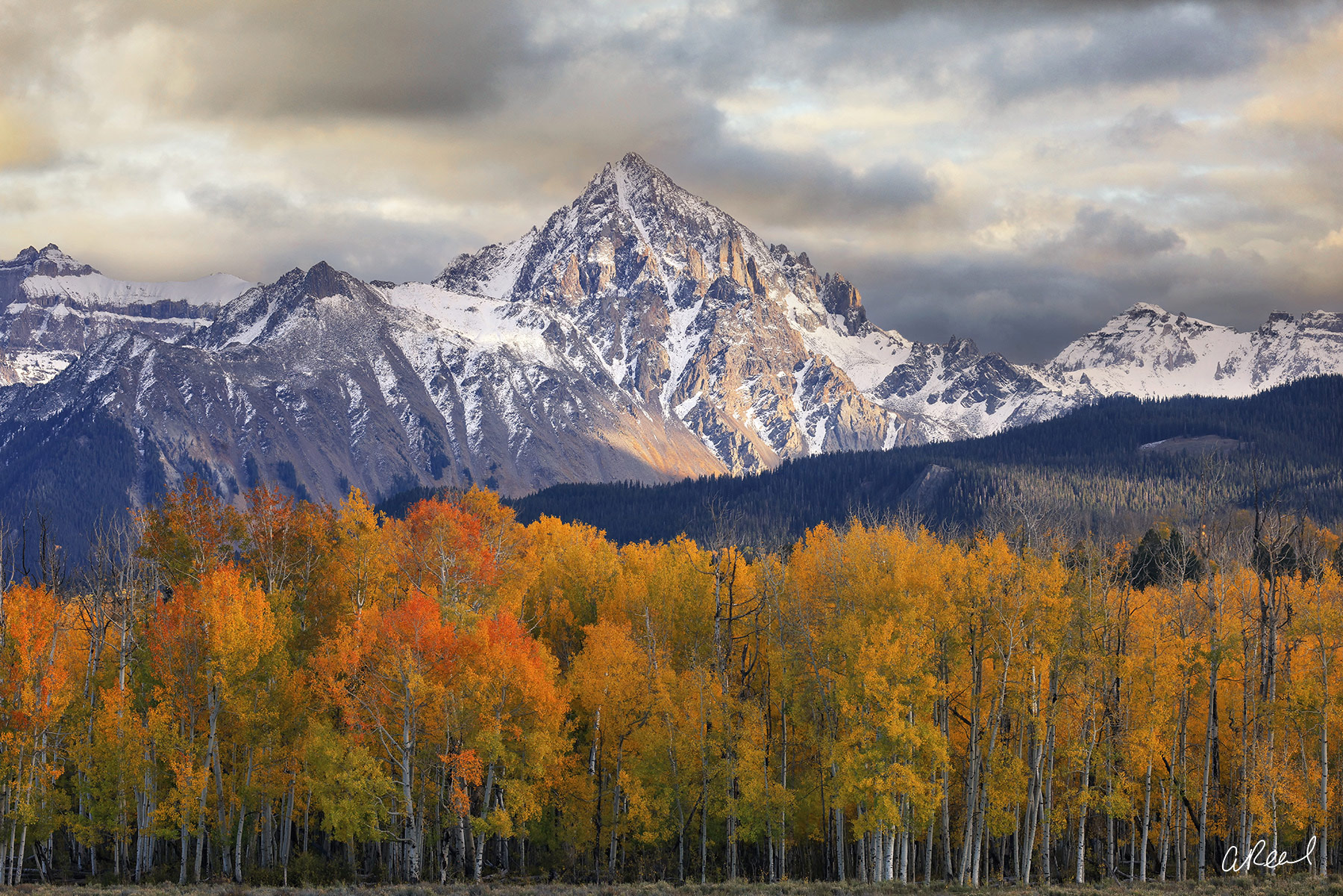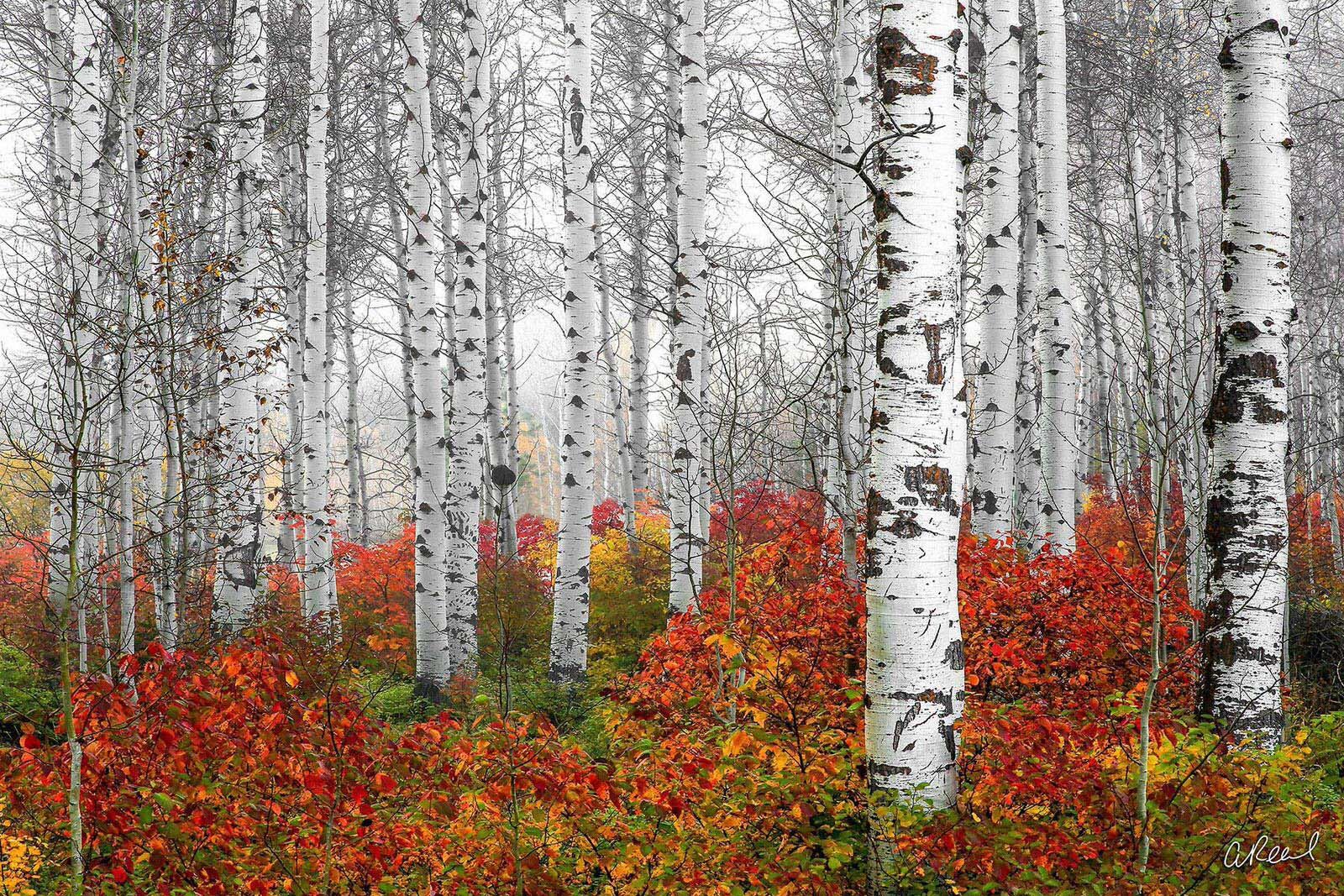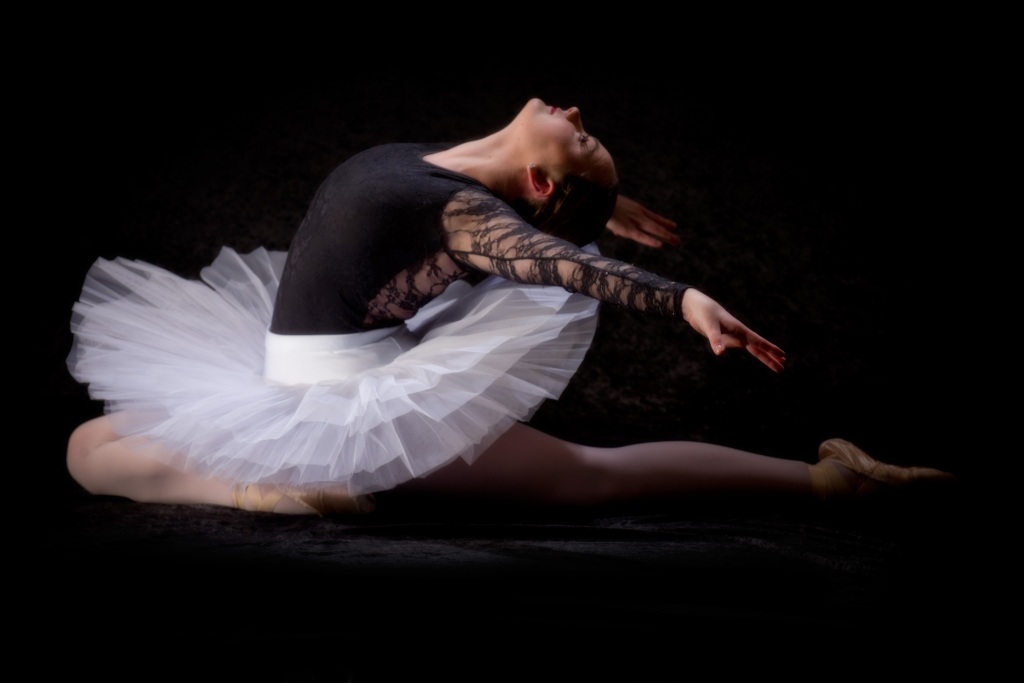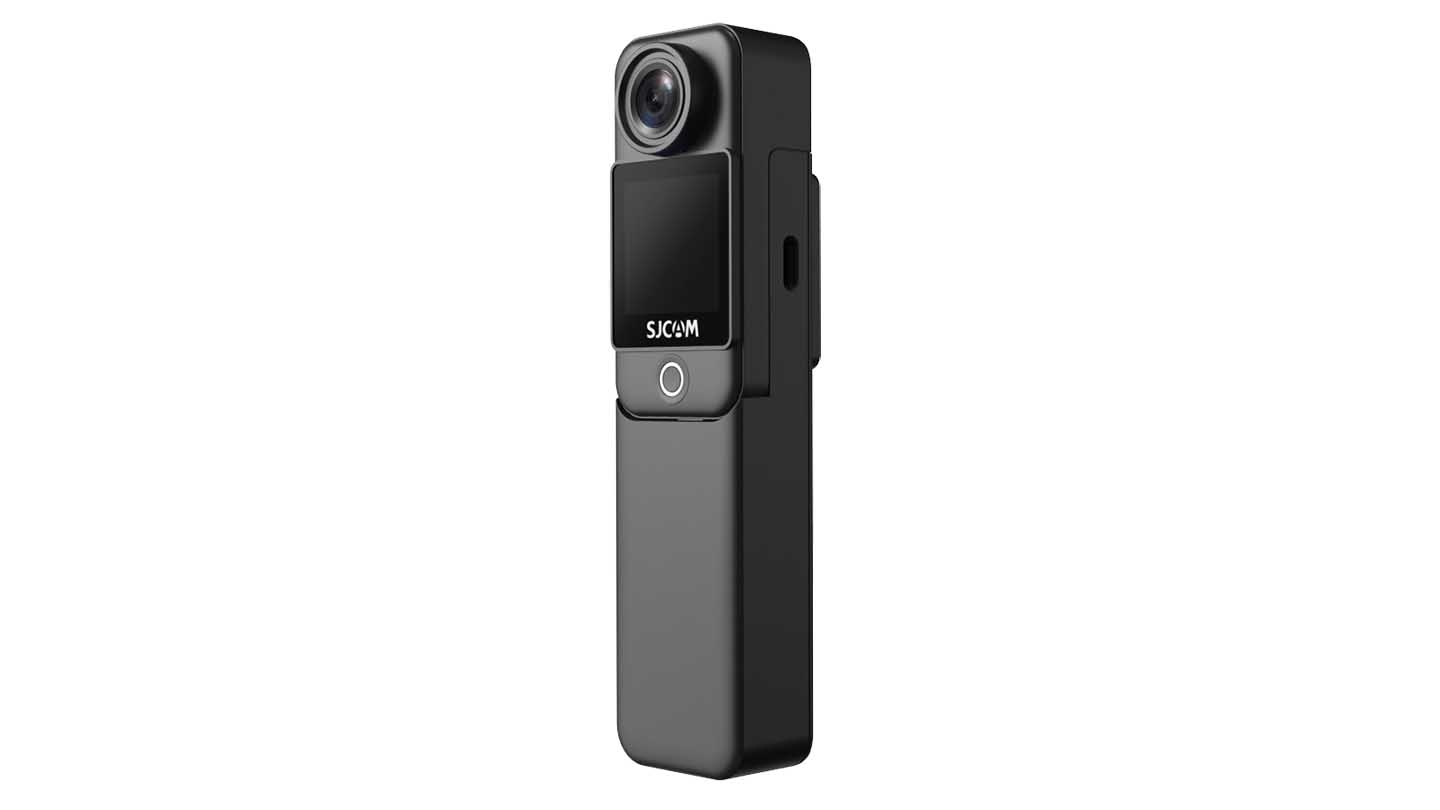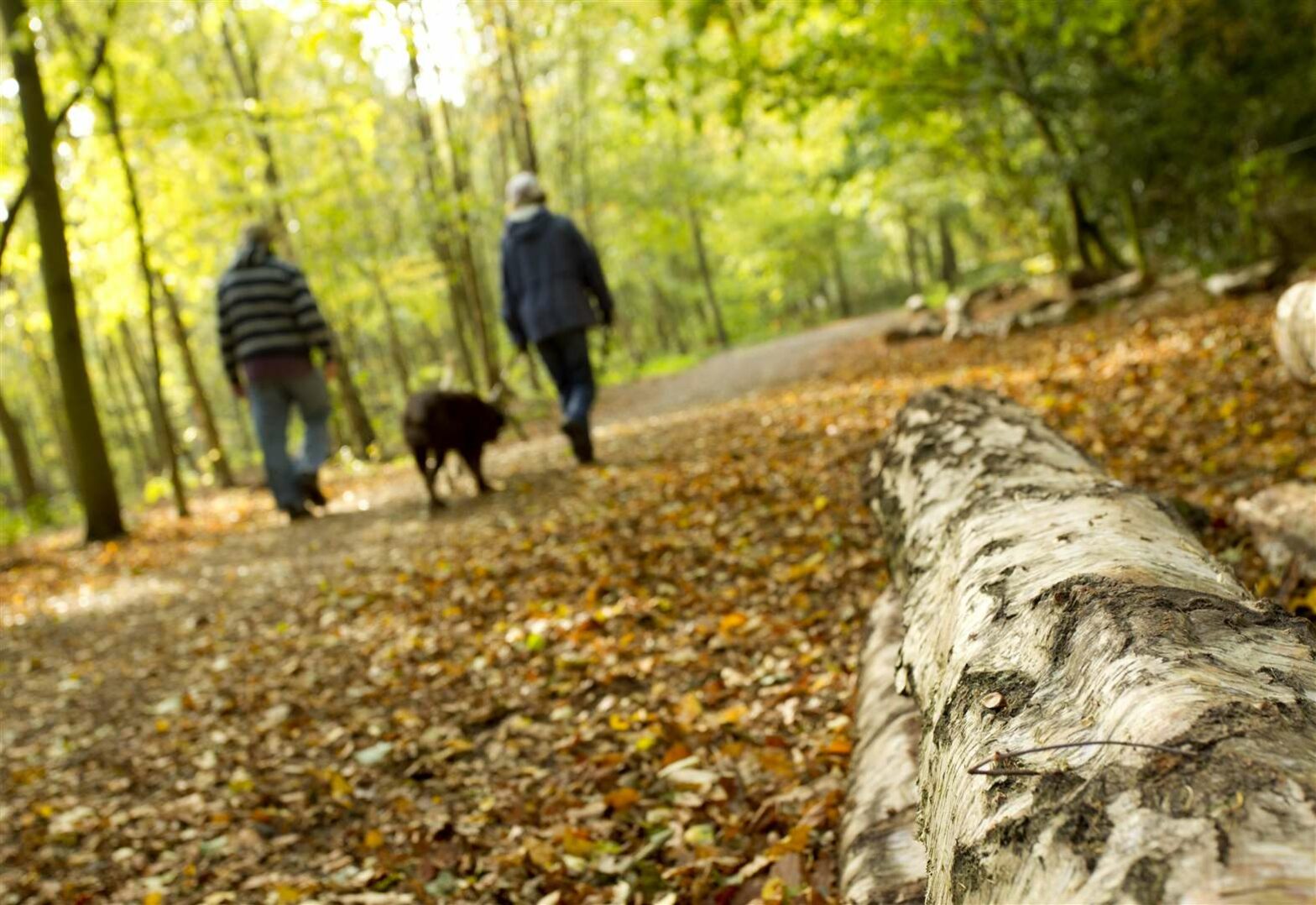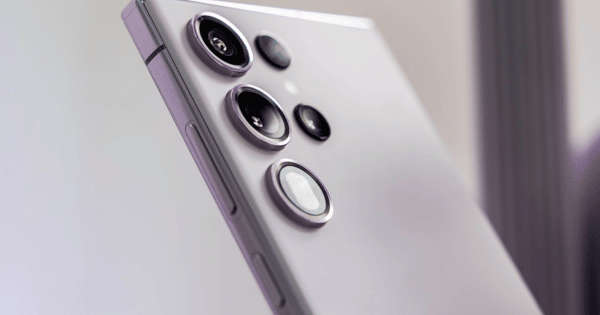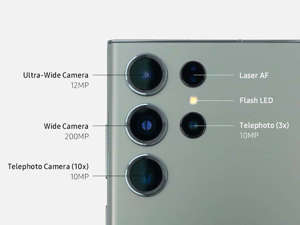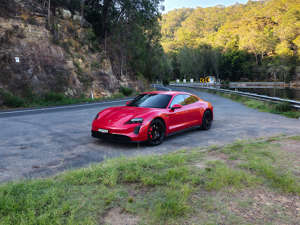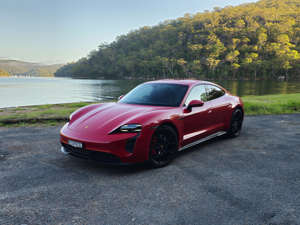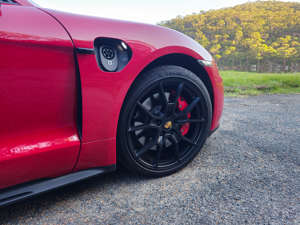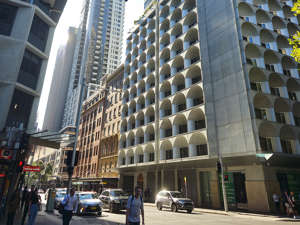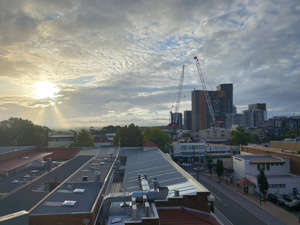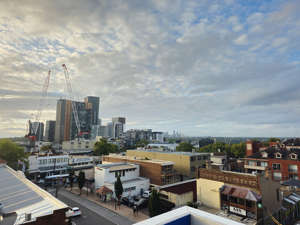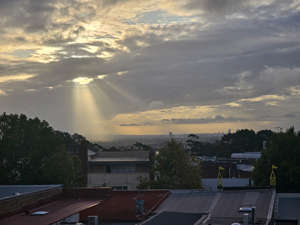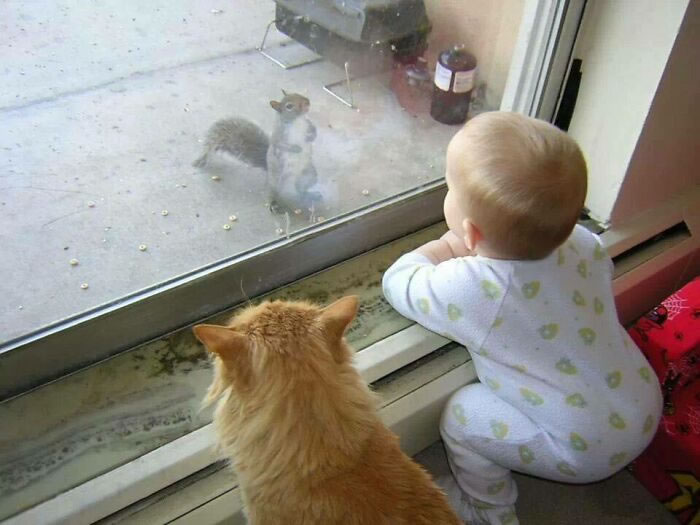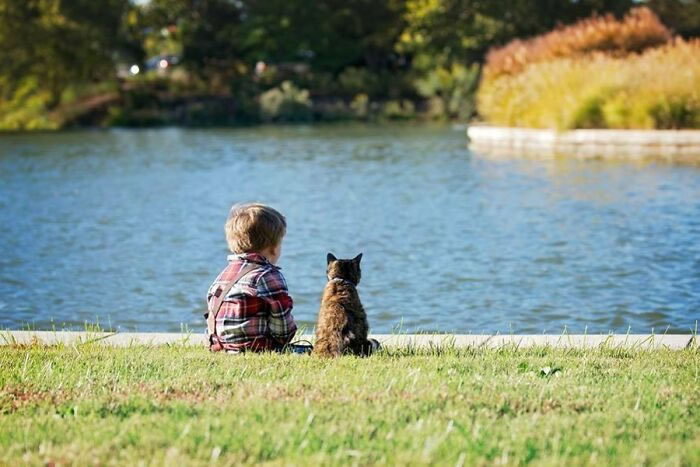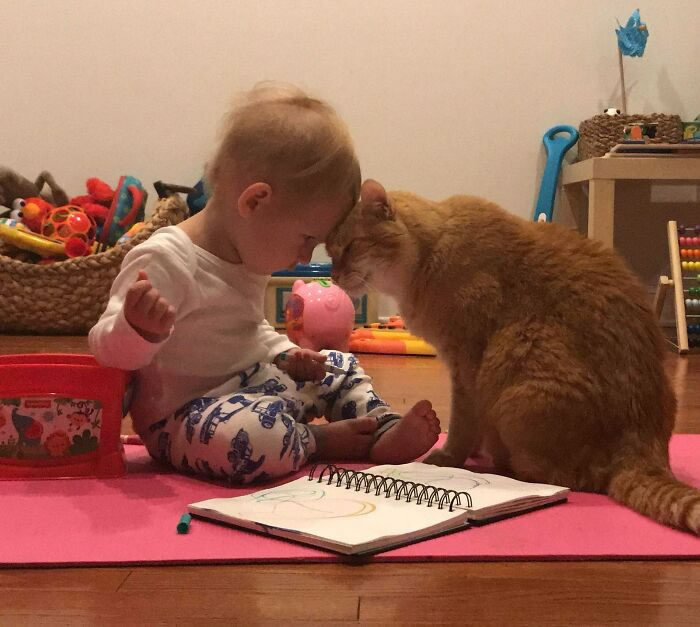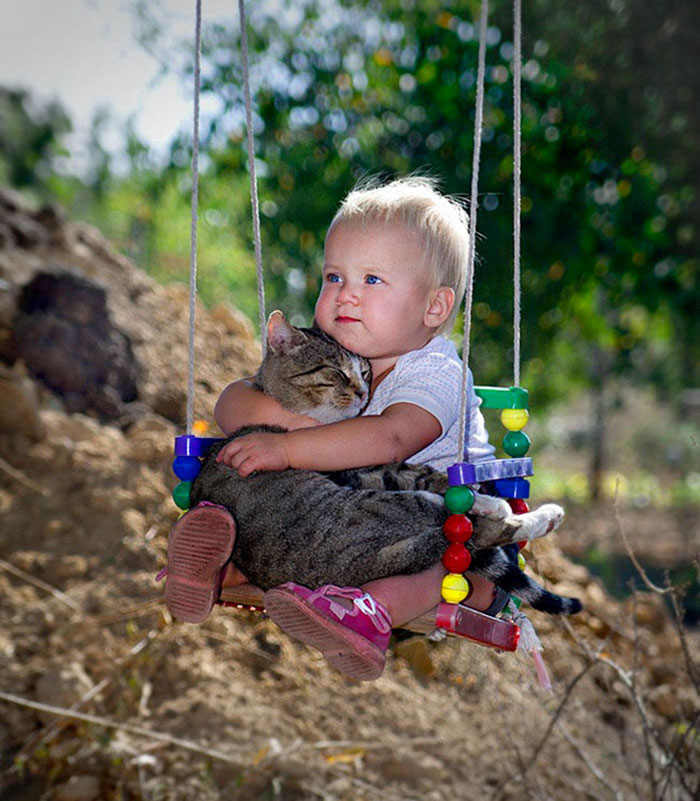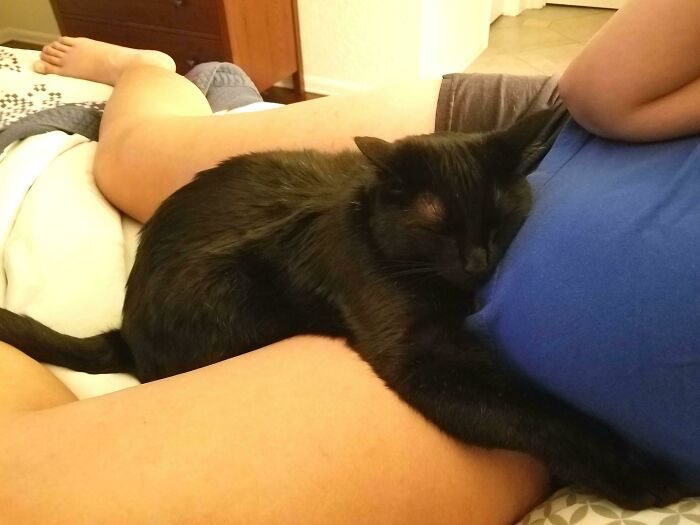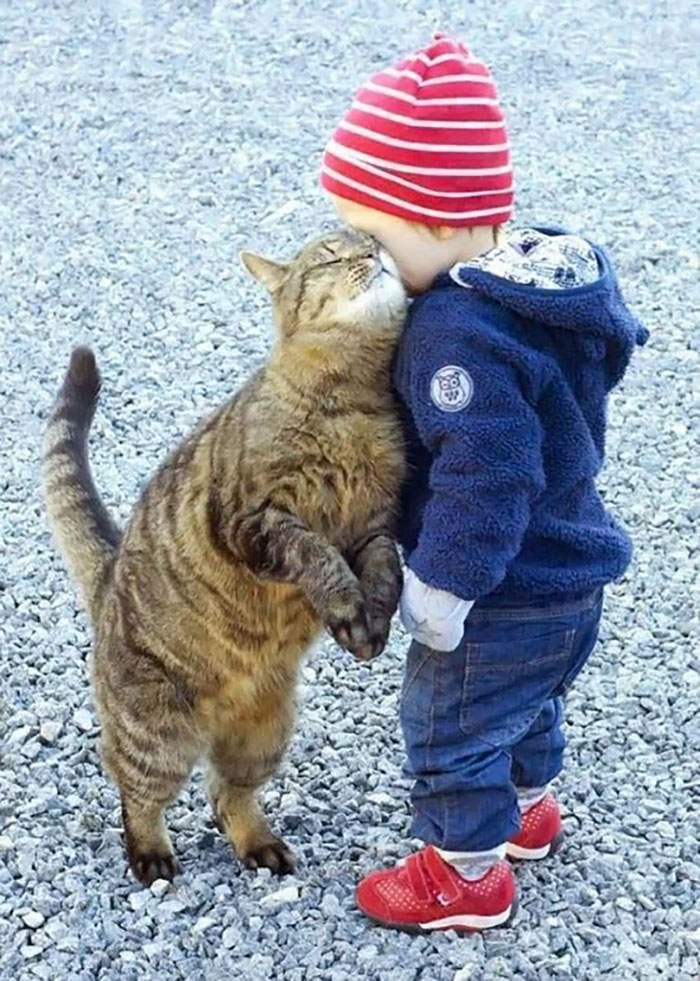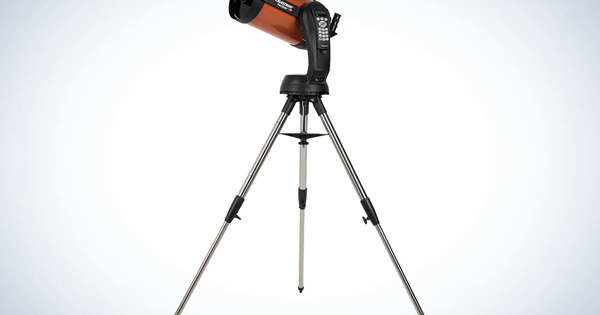
© Provided by Futurism
The best telescopes of 2022
Whether you’re surveying the solar system or looking to do some deep-sky stargazing, the best telescope is a must-have optical instrument. Using lenses, mirrors, or a combination of both to gather and focus light, optical telescopes increase the apparent size of distant objects — e.g., other planets and stars — so that we can observe them more clearly.
Optical telescopes are typically categorized into three main types: refractor, reflector, or catadioptric. Each type comes with own strengths and weaknesses, which you should consider when selecting a scope. For instance, refractor telescopes are generally considered to be better suited for viewing objects within our own solar system. If you’re primarily interested in observing the moon or any of our planetary neighbors, refractor telescopes are a good place to start. Conversely, if you’re interested in studying deep-space objects, a refractor scope likely isn’t the best bet for you.
Category is just one of the many factors you’ll need to consider when shopping for a telescope, which is why the selection process can seem so daunting. But don’t worry — we’ll give you some clarity on what to look for when scoping out scopes, including which features you should focus on or ignore. We’ll also provide our picks for the best telescopes for certain use cases and applications.
– Best Overall: Celestron NexStar 8SE
– Best for Beginners: Celestron NexStar 5SE
– Best for Kids: Celestron AstroMaster 70AZ
– Best for Astrophotography: Sky-Watcher EvoStar 100
– Best Value: Gskyer AZ90600 Refractor Telescope
– Best for Viewing Planets: Sky-Watcher Skymax 127
– Best WiFi-Enabled: Celestron NexStar Evolution 8
– Best Tabletop: Orion 10033 Funscope
– Best Portable: SARBLUE Maksutov-Cassegrain Telescope
– Best for Planetary Photography: Sky-Watcher Skymax 127 SynScan AZ
How We Picked the Best Telescopes
To determine the best telescopes, we leveraged years of personal experience, as well as information gleaned from interviewing optics specialists and experts in the field of astronomy and astrophotography. These resources allowed us to create a specific criterion for evaluating each telescope:
Aperture: A key component of any telescope, the aperture is the diameter — usually expressed in millimeters — of the primary lens or mirror of a telescope. Aperture determines the amount of light the telescope lets in. In general, a bigger aperture means a brighter image means better clarity. Bigger aperture also commonly means bulkier builds (so less portable) and more expensive (so not budget-friendly). When we evaluated each telescope, we considered whether the aperture was suitable to a specific task, as well as the cost-per-millimeter to determine value.
Magnification: When evaluating the magnifying power of each telescope, we stuck to the general guideline — you want about 50x per inch of aperture to determine useful magnification.
Type: Because each of the three main types of telescope (refractor, reflector, and catadioptric) has its own set of strengths and weaknesses, we knew what to expect in terms of design, size, and value. We examined how the strengths and weaknesses of each telescope compared to those expected of their particular type to help determine the overall quality and value.
Size: The size of a telescope can tell you a lot about its overall quality. For example, larger telescopes tend to have larger optical components and apertures, which gives you some idea of their light-gathering ability. The size of a telescope also impacts its portability, which we factored into our evaluation since many users will likely need to move their telescope from location to location.
Value: Bang for buck is almost always an important consideration, no matter what instrument or piece of equipment you’re talking about. Telescopes are no different. We examined which telescopes gave you the most in return for your hard-earned cash.
Related: Best Space Gifts: Brilliant Ideas for Astronomy Lovers
The Best Telescopes: Reviews & Recommendations
Best Overall: Celestron NexStar 8SE

© Provided by Futurism
Perfect for the Backyard. Celestron
Why It Made The Cut: The powerful, fully automated Celestron NexStar 8SE features a large, 203-millimeter aperture that allows users to enjoy crystal-clear views of the night sky from the comfort of their own home.
Specs:
– Aperture: 203 millimeters / 8 inches – Focal Length: 2,032 millimeters / 80 inches
– Magnification: 81x
– Price: $1,599.99
Pros:
– 203-millimeter Schmidt-Cassegrain computerized telescope
– Fully automated mount programmed with 40,000+ celestial objects – SkyAlign technology enables quick setup and alignment – StarPointer finderscope included
Cons:
– Runs through batteries quickly
The Celestron NexStar 8SE is a powerful Schmidt-Cassegrain telescope that features a wide, 203-millimeter aperture, a long 2,032-millimeter focal length, multi-coated optics, and up to 81x magnification — all of which allow users to observe everything from the moon and planets to deep-space objects like faraway stars and distant galaxies with crystal clarity.
Along with its premium optics, the NexStar 8SE comes with an abundance of features to get the most out of your home stargazing experience, including a fully automated GoTo mount that can automatically locate and track more than 40,000 celestial objects. It also features Celestron’s proprietary SkyAlign technology, which gets the telescope set up and ready to observe the stars in a matter of minutes.
Though this telescope is perfect for placing in your backyard and viewing the night sky, the NexStar 8SE’s easy-to-break-down design makes it simple to take apart and store, or, if need be, transport to another location.
The NexStar 8SE is both larger and costlier than its sibling, the NexStar 6SE, but the sizable difference in light-capturing ability give it an edge in terms of optical performance. If you’re looking for a great telescope to use at home, almost any of the NexStar series telescopes will do. However, if you’re looking for the absolute best telescope overall, then you should consider the NexStar 8SE.
Best for Beginners: Celestron NexStar 5SE

© Provided by Futurism
Automated Mount. Celestron
Why It Made The Cut: Combining premium optics, great value, and seamless functionality, the Celestron NexStar 5SE makes locating your favorite celestial bodies a breeze for beginners and curious amateurs.
Specs:
– Aperture: 125 millimeters / 5.0 inches – Focal Length: 1250 millimeters / 49.2 inches
– Magnification: 50x
– Price: $899.95
Pros: – 125mm Schmidt-Cassegrain computerized telescope – Fully automated mount programmed with 40,000+ solar system objects – SkyAlign technology enables quick setup and alignment – Compact and portable
Cons: – Short battery life when using AA batteries for power
Thanks to its slew of novice-friendly features, the Celestron NexStar 5SE is our pick for the best telescope for beginners. The 5SE doesn’t pack quite the same performance punch as its big brother, the Nexstar 6SE, but its 125-millimeter aperture, 50x magnifying power, and multi-coated optics are more than enough to produce clear, crisp images of the moon and planets.
The NexStar 5SE’s easy-to-use tracking system utilizes an automated mount to pinpoint and focus on any of the more than 40,000 celestial bodies stored in its vast database. The ease and speed at which these objects are located, as well as the resulting image that follows, will also appeal to beginners, as it rewards their stargazing efforts immediately.
Even though the NexStar 5SE weighs nearly 30 pounds, it breaks down fairly easily, making it a breeze to transport. And, thanks to its intuitive design, reassembling the telescope is a breeze, so users—especially beginners—won’t have to worry about any complicated steps or procedures.
Looking for a more budget-friendly option for beginners? Popular Science’s Astromaster Refractor Telescope works with Bluetooth to let you capture compelling photos and videos.
Best for Kids: Celestron AstroMaster 70AZ

© Provided by Futurism
Red Dot Finderscope. Celestron
Why It Made The Cut: The Celestron AstroMaster 70AZ is easy to set up, simple to use, and comes with everything a junior astronomer needs to start their stargazing sojourn.
Specs:
– Aperture: 70 millimeters / 2.8 inches – Focal Length: 900 millimeters / 35.4 inches
– Magnification: 45x (10 millimeter eyepiece); 90x (20 millimeter eyepiece)
— Price: $148.29
Pros:
– 70 millimeter refractor Optical Tube Assembly (OTA)
– Fully coated glass optics improve light transmission
– Manual alt-azimuth mount makes object tracking easy
– Includes 10-millimeter and 20-millimeter eyepieces
– Compact, lightweight, and portable
Cons:
– Mediocre tripod
The best telescope for kids is one that delivers an exciting experience for young stargazers without overstressing their parents’ budget. The Celestron AstroMaster 70AZ satisfies both those requirements, thanks to its ease of use, high-quality optics, and reasonable price tag.
The AstroMaster A70 is a refracting telescope with a 70 millimeter (2.8-inch) aperture, 900 millimeter (35.4-inch) focal length, and your choice of magnification (either 45x or 90x) depending on which eyepiece you use. The telescope sits in an easy-to-operate alt-azimuth mount, which moves vertically and horizontally and connects to the included steel tripod. Also included with the AstroMaster are the aforementioned 1.25-inch eyepieces, a finderscope, an image diagonal, and free software to help young astronomers develop their celestial knowledge.
Best for Astrophotography: Sky-Watcher EvoStar 100

© Provided by Futurism
The Sky Watcher EvoStar 100 is one of the best telescopes.
Why It Made The Cut: The EvoStar’s large aperture, powerful magnification, and easy-to-use focuser make this option the best telescope for astrophotographers.
Specs:
– Aperture: 100 millimeters / 5.9 inches
– Focal Length: 900 millimeters / 35.4 inches
– Magnification: 197x (maximum)
– Price: $947.59
Pros:
– 100 millimeter refractor OTA
– Proprietary Metallic High-Transmission Coatings (MHTC) minimize chromatic aberrations
– Includes 2 inch dual-speed Crayford-style focuser
– Comes with foam-lined aluminum hard case
Cons:
– Doesn’t include mount or tripod
Even at its relatively high price point, the Sky-Watcher EvoStar 100 offers great value and premium optical performance — for both visual astronomers and astrophotographers.
This dual-element refractor features a 100-millimeter (4-inch) aperture, 900-millimeter (35-inch) focal length, and a max magnification of 197x. The EvoStar’s optical class is coated with Sky-Watcher’s MHTC, which minimizes chromatic aberrations and helps deliver the tack-sharp, color-corrected images. Rounding out the EvoStar’s photo-friendly features is its dual-speed Crayford-style focuser, which will allow you to quickly find focus regardless of the eyepiece or camera you are using.
The Sky-Watcher EvoStar 100 telescope is OTA-(optical tubes assemblies) only, so it doesn’t come with a mount or tripod. However, the Skymax does include a Vixen-style dovetail plate, so you will be able to attach it to virtually any telescope mount.
In lieu of a tripod, the EvoStar 100 comes with several accessories, including a finderscope, dielectric diagonal, and foam-lined aluminum case. For more options, here are the best telescopes for astrophotography.
Best Value: Gskyer AZ90600 Refractor Telescope
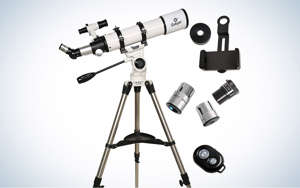
© Provided by Futurism
All-in-One. Gskyer
Why It Made The Cut: The Gskyer AZ90600 refractor telescope offers more features and accessories than any other similarly priced kit, making it a great overall value.
Specs:
– Aperture: 90 millimeters / 3.5 inches
– Focal Length: 600 millimeters / 23.6 inches
– Magnification: 120x (maximum)
– Price: $267.99
Pros:
–
90 millimeter refractor OTA
– Fully coated, anti-reflective blue film optical components
– Includes three removable eyepieces (24x, 60x, and 120x)
– Easy to set up and use
Cons:
– No carrying case
You would be hard-pressed to find another telescope kit that offers the same amount of bang for your buck as the Gskyer AZ90600. This refractor telescope features a 90-millimeter (3.5-inch) aperture, 600-millimeter (23.6-inch) focal length, 120x maximum magnification, and three replaceable eyepieces: 5 millimeter, 10 millimeter, and 25 millimeter. The Gskyer AZ90600’s anti-reflection fully coated blue film components improve light transmission and ensure views are clean and crisp.
In addition to the three replaceable eyepieces mentioned above, the Gskyer AZ90600 also comes with a 3x Barlow lens that triples the magnifying power of each eyepiece and a full-size alt-azimuth aluminum tripod that supports multiple heights and viewing positions.
Rounding out the Gskyer AZ90600’s long list of exceptional features is the fact that it’s fairly easy to set up and use straight away. This telescope is also fairly lightweight, meaning that if you don’t particularly like your current stargazing station, you can easily pack up and move somewhere else.
Best for Viewing Planets: Sky-Watcher Skymax 127

© Provided by Futurism
Matched Primary and Secondary Mirrors. Sky-Watcher
Why It Made The Cut: Combining a slower focal ratio and narrower field of view with a 127-millimeter aperture and fully coated, high-contrast optics makes the Sky-Watcher Skymax 127 an ideal scope for viewing planets.
Specs:
– Aperture: 127 millimeters / 5 inches
– Focal Length: 1540 millimeters / 60.6 inches
– Magnification: 250x (maximum)
– Price: $550
Pros:
– 127 millimeter
Maksutov-Cassegrain telescope
– Proprietary MHTC enhances brightness, color, and contrast
– Vixen-style dovetail plate supports almost all telescope mounts
– Lightweight and portable
Cons:
– Doesn’t include mount or tripod
If you’re interested in viewing the moon, planets, and other celestial bodies in our solar system, then as the best telescope for viewing planets and galaxies, the Sky-Watcher Skymax 127 is an excellent choice. This 127-millimeter Maksutov-Cassegrain telescope delivers excellent optical performance with high contrast and virtually no chromatic aberration. That performance combined with the Skymax’s slower f/12 focal ratio and narrower field of view allows users to observe the moon, planets, and other solar system objects in great detail.
The Sky-Watcher Skymax 127 telescope is OTA only, meaning it doesn’t include a mount or tripod. However, the Skymax does include a Vixen-style dovetail plate, so you will be able to attach it to virtually any telescope mount.
Best WiFi-Enabled: Celestron NexStar Evolution 8

© Provided by Futurism
Impressive Optics. Celestron
Why It Made The Cut: The Evolution 8’s operation works through solid WiFi technology, making it easier to hone in on your target while getting beautiful, clear visuals.
Specs:
– Aperture: 203.2 mm / 8 inches
– Focal Length: 2032 mm / 80 inches
– Magnification: 480x (maximum)
– Price: $2,199
Pros:
– Clear views without visual defects
– Simple set up and alignment
– Comes with a wide array of accessories
– WiFi control works well
Cons:
– Expensive
– Not for beginners
– Lacks portability
The Celestron NexStar Evolution 8 lets you view the deep sky free from visual distortions, like coma, color fringing, and warping. This telescope’s mount features its own WiFi network., which allows you to connect your phone to control the telescope using the Celestron SkyPortal app. A touch of a button sets the telescope to find the object for you.
It also comes with some notable accessories, including an attachable camera with hand control and StarPointer Pro finderscope with red-dot technology. The motorized mount can track objects, making this model an option for those who want to dabble in astrophotography too. The ease of controls create a fun telescope to use. However, the price puts it out of contention for beginners, and the weight limits its portability.
Best Tabletop: Orion 10033 FunScope

© Provided by Futurism
The Orion 10033 FunScope is the best tabletop telescope.
Why It Made The Cut: The FunScope provides great views but keeps the setup simple and the design highly portable.
Specs:
– Aperture: 76 mm
– Magnification: 20mm eyepiece (15x); 10mm eyepiece (30x)
– Price: $94.99
Pros:
– Simple setup
– Comes with detailed book of Moon’s surface
– Easy to transport
Cons:
– Not good for astrophotography
The Orion 10033 FunScopeis ready to go almost from the time you open the box, making it great for beginners. Tabletop models are designed for use on a flat, sturdy surface, but at just four pounds, the Orion FunScope is a cinch to pack for a camping trip. This telescope also comes with two eyepieces (20mm and 10mm) a detailed guide to the surface of the moon to help budding astronomers know what to look for.
However, if you want to try your hand at astrophotography, this isn’t the model for you. Its manual mount cannot follow celestial objects.
Best Portable: SARBLUE Maksutov-Cassegrain Telescope

© Provided by Futurism
Compact and Lightweight. Sarblue
Why It Made The Cut: The Sarblue is lightweight and compact, but still provides views that will make kids and grown-ups ooh and ah.
Specs:
– Aperture: 60 mm / 2.36 inches
– Focal Length: 750 mm / 25.53 inches
– Magnification: 37.5x (maximum)
– Price: $129.99
Pros:
– Good portability because of compact and lightweight design
– High-quality lens
– Can use with a phone
– Affordable
– Appropriate for phone photography
Cons:
– Low magnification
The SARBLUE Maksutov-Cassegrain Telescope is a beginner model that’s appropriate for kids or adults. It offers a good focal length, 750 mm, despite its relatively short 200 mm tube. Adults appreciate it as a travel scope, while kids can enjoy it in the backyard or on nighttime family outings.
Despite its affordable price, it comes with a high-quality lens that’s optimized with a simple knob focus. A standard ¼-inch screw hole allows it to mount to a compatible tripod. However, it comes with a small tabletop tripod that works in many situations. The accessories include a phone mount so you can get a start on astrophotography without an expensive camera. The only downside is that it doesn’t have the greatest magnification at only 37.5x.
Best for Planetary Photography: SkyWatcher Skymax 127 SynScan AZ

© Provided by Futurism
Stellar Views. Sky-Watcher
Why It Made The Cut: The Sky-Watcher Skymax let you see the planets up close and capture vivid photos.
Specs:
– Aperture: 127mm
– Focal Length: 1,500 mm/ 59 inches
– Magnification: 300x (maximum)
– Price: $550
Pros:
– Long focal length does well for in-system photography
– Package includes Barlow lens
– Vixen dovetail fixture fits a variety of mounts
Cons:
– Not good for deep-space objects
The Sky-Watcher Skymax 127 SynScan AZ offers an impressive focal length that hones in on objects within our solar system, like the moon and planets. If that’s where your photography focus lies, then this is the telescope for you. There’s no need to purchase a separate Barlow lens since this model comes with one. That lets you get ultra-sharp views of objects like craters and storm fronts on Jupiter.
The lens quality prevents optical defects, for clearer, brighter views. The Skymax can be bought with or without the GoTo mount. However, it has a Vixen dovetail fixture that’s compatible with a wide range of mounts, so you can decide what system will work best for you. The downside is that the focal length doesn’t work for objects outside of our solar system. At least, not if you want to take photos.
Things to Consider Before Buying a Telescope
Aperture
When shopping for telescopes, the aperture should be one of your top considerations. The aperture determines how much light a telescope lets in, which, in turn, determines the brightness and clarity of an image. Generally speaking, the bigger the aperture, the brighter the image, and the further you’ll be able to see. Keep this maxim in mind when shopping scopes, especially if you have a particular use or object in mind. If, for example, you want to observe the deepest, darkest space, then you know to look for a scope with a larger aperture—because a larger aperture will gather more light, which will allow you to see further. However, also keep in mind that big apertures usually mean big components and big price tags, so you’ll have to weigh that against your budget and need for portability.
Size
Telescope size is an important consideration for a number of reasons. The first is that the size is a good indication of aperture, which, as mentioned, is critical in determining an image’s quality and how far you’ll be able to see. The second is that size determines portability. If a telescope is too large to transport to the desired location, then it’s not much use to you. Even a tiny telescope with a small aperture produces better images than the telescope you don’t use at all.
Type
Because of their inherent strengths and weaknesses, it’s helpful to consider the type of telescope when making your selection. As mentioned earlier, there are three basic types of telescope: refractor, reflector, and catadioptric. In general, refractor telescopes are best suited for observing objects in our solar system. They are also well-suited for astrophotography. On the negative side, refractors tend to be heavier and carry a higher cost-per-millimeter when it comes to aperture. Reflectors, on the other hand, usually offer better value than refractors, and they are better suited for deep-sky observations. Reflectors also tend to require more maintenance than a refractor, as their internal components are more likely to be covered with dust and debris. A catadioptric, or compound, telescope incorporates both refractor and reflector elements (i.e., lenses and mirrors) in its design. In many ways, compound telescopes offer the best of both types. However, one notable drawback is that compound telescopes, especially quality ones, do not come cheap.
FAQs
Q: How much does a good telescope cost?
Quality telescopes range in cost and value. There is no set price limit or range for a “good” telescope, any more than there is for a “bad” telescope. However, there are some general pricing rules you can keep in mind when it comes to specific types and subtypes of telescopes. In general, most types of refractor scopes cost more than other scopes with similar apertures. Reflector scopes tend to be much less expensive than other telescopes, especially compared to those used for deep-sky observation and astrophotography. Catadioptric, or compound, telescopes often start at a higher price point and only get more expensive as you move up the quality ladder.
Q: Which telescope is best to see planets?
The Sky-Watcher Skymax 127 is our top choice for viewing planets. The Skymax 127 pairs excellent optical performance with virtually no chromatic aberration with a slower focal ratio and narrower field of view, allowing users to observe the moon and planets in awe-inspiring detail.
Q: What is the most powerful telescope for home use?
Generally speaking, the most powerful home telescopes currently available are those with either a 350-millimeter (14-inch) or 400-millimeter (16-inch) aperture. Larger models do exist, though they aren’t readily available. One of the most powerful home telescopes you can buy is the Meade 14-inch LX200-ACF.
Q: How big of a telescope do I need to see Saturn?
So, the good news is that you can see Saturn with your naked eye. But if you want to get a closer look at its rings and details, you will need a telescope with an aperture of at least 50 millimeters (2 inches). Catadioptric telescopes starting at 100-millimeter (4-inch) apertures are a good choice for observing Saturn thanks to their enhanced light-gathering ability and high magnification.
Q: How do I clean a telescope lens?
How do you clean a telescope lens? First, you only want to clean them when they’re dirty. Lenses can be cleaned using a microfiber cloth. Whether you’re removing dust or fingerprints using a brush or lens fluid in combination with a microfiber cloth, you want to be sure to clean using a very gentle hand as to not damage the lens.
Final Thoughts on the Best Telescopes
The best telescope is the one that satisfies the observational needs of the most people without completely emptying your wallet. To achieve this, it should feature an aperture large enough to facilitate clear observations of local and some deep-sky objects. The best telescope for you should also be easy to operate and transport, and it shouldn’t require a ton of maintenance.
The Celestron NexStar 6SE champions these features better than any other telescope. It’s powerful enough to provide crystal-clear views of the solar system and deep space. Its intuitive functionality means that virtually any level of stargazer can easily use it. The 6SE is easy to assemble, disassemble, and transport, so you can bring it anywhere. It’s not what you would call an inexpensive instrument, but the 6SE’s high degree of power, performance, and portability does justify its price.
This post was created by a non-news editorial team at Recurrent Media, Futurism’s owner. Futurism may receive a portion of sales on products linked within this post.
The post The Best Telescopes of 2023 appeared first on Futurism.
